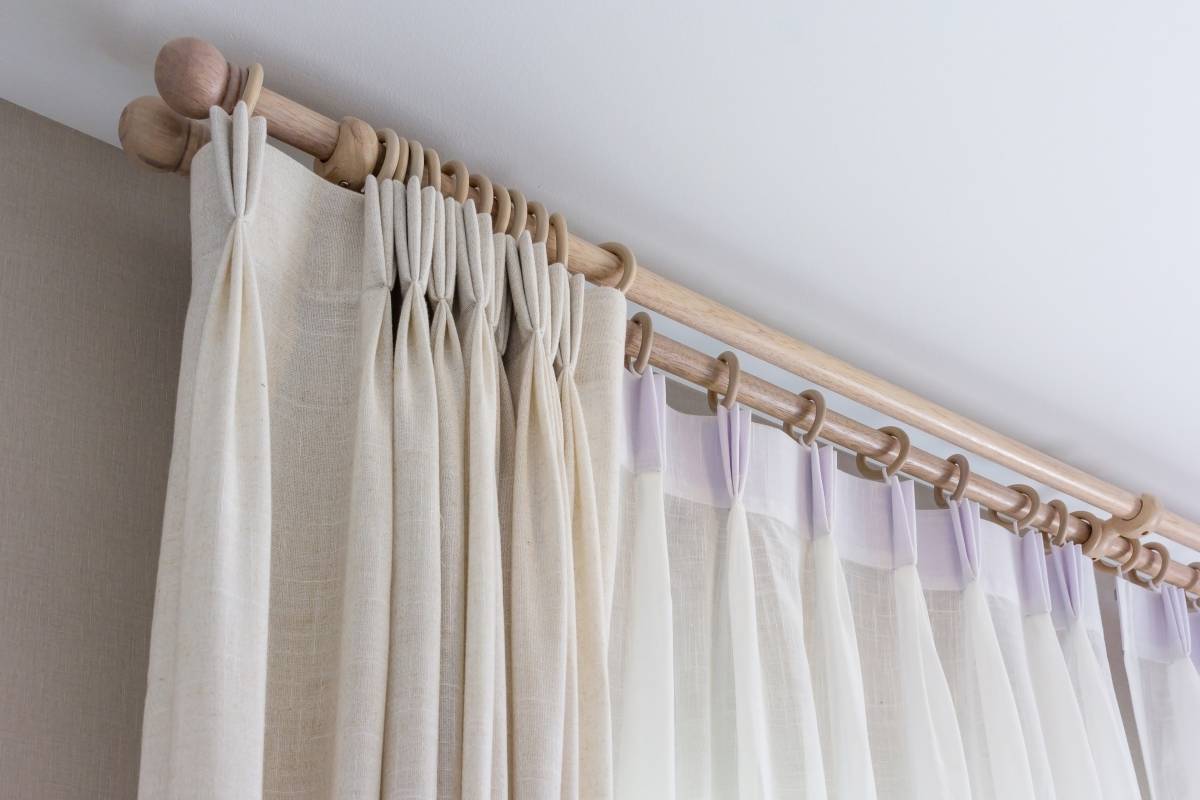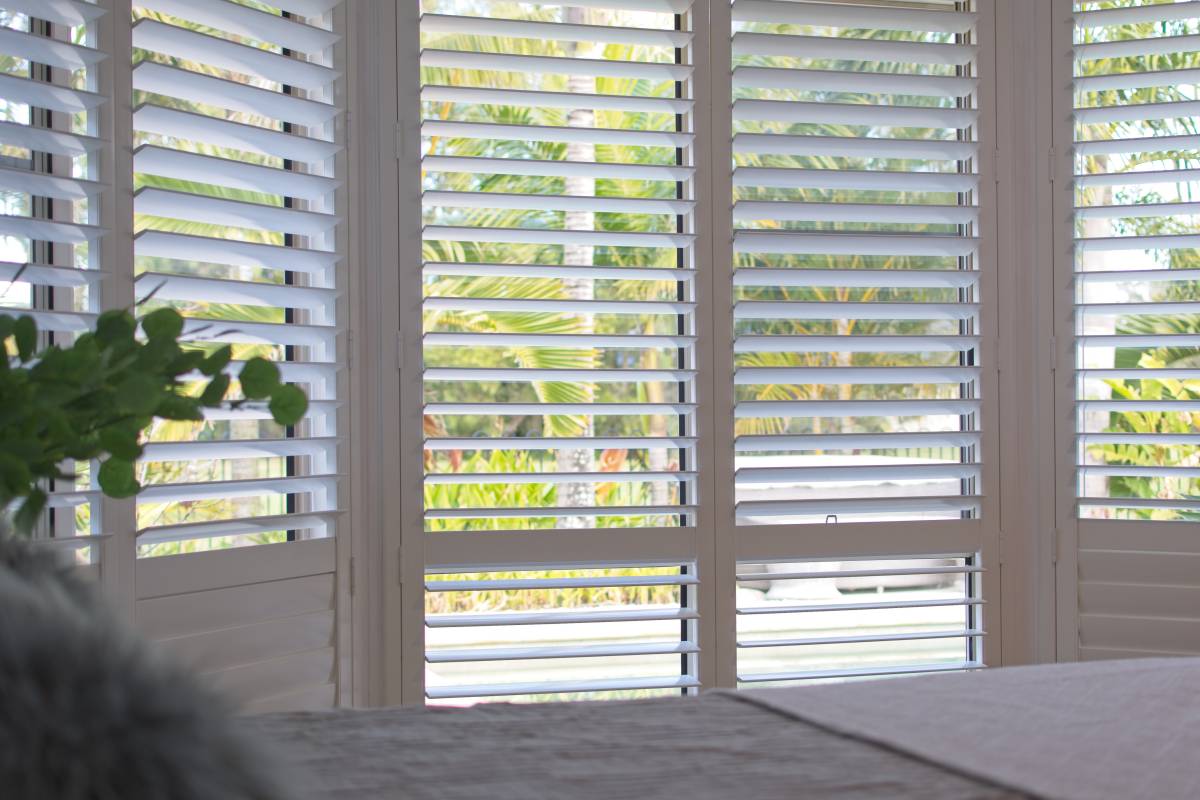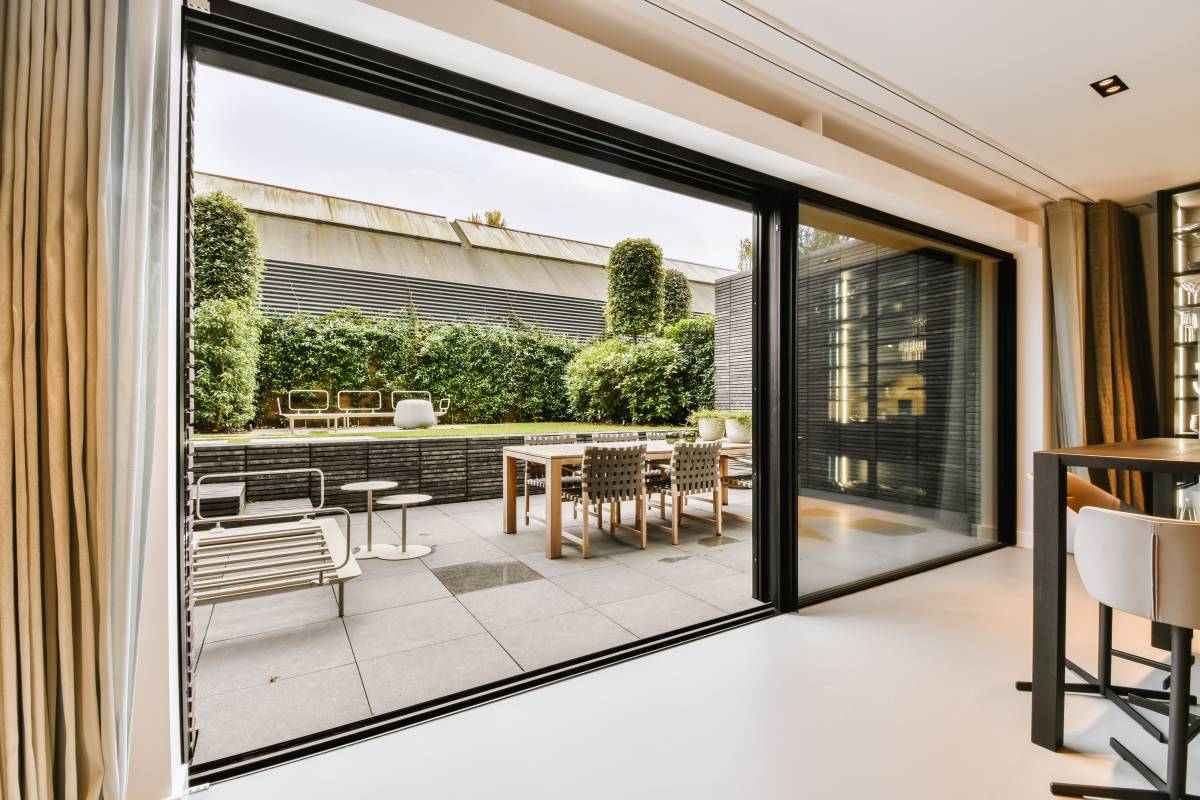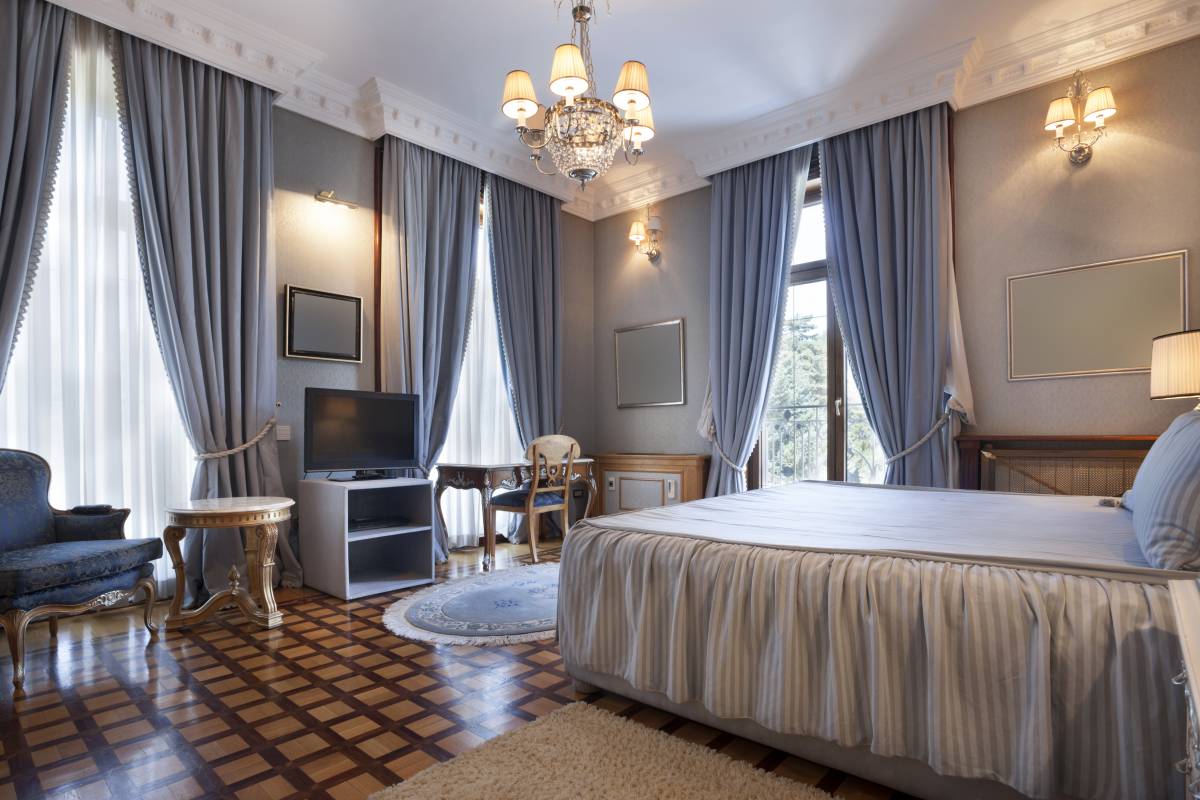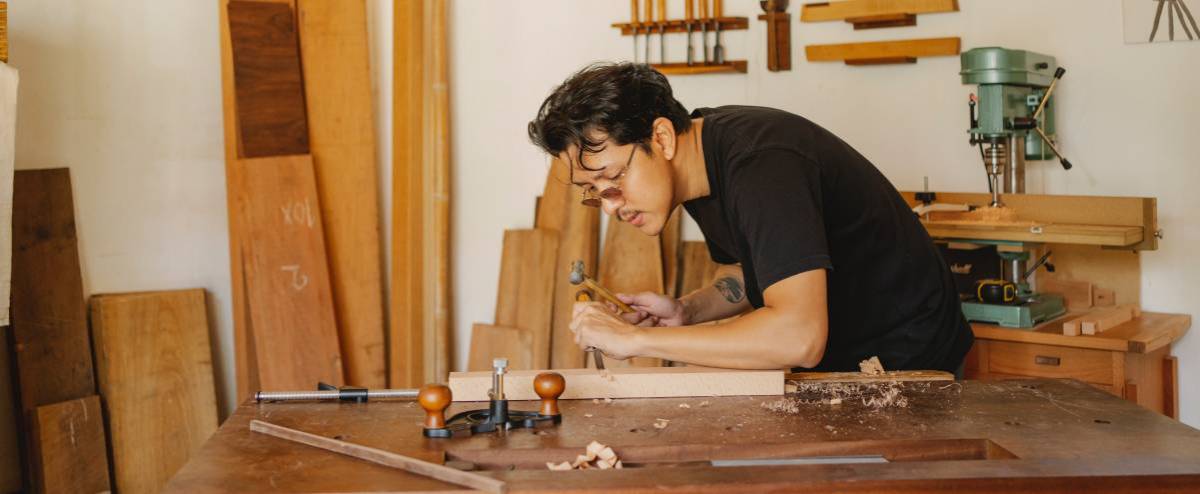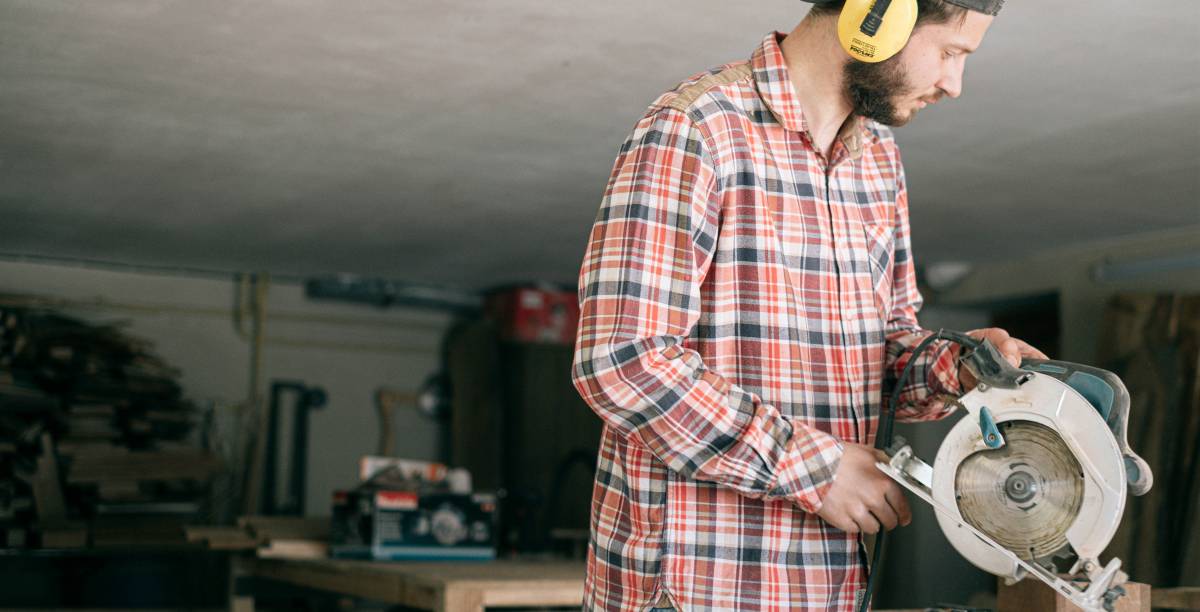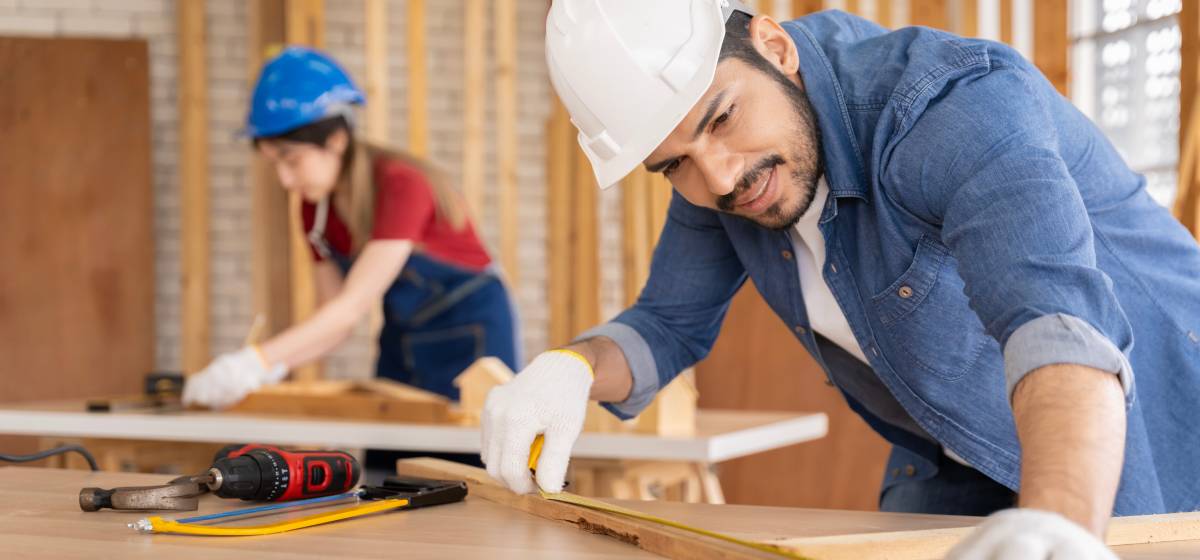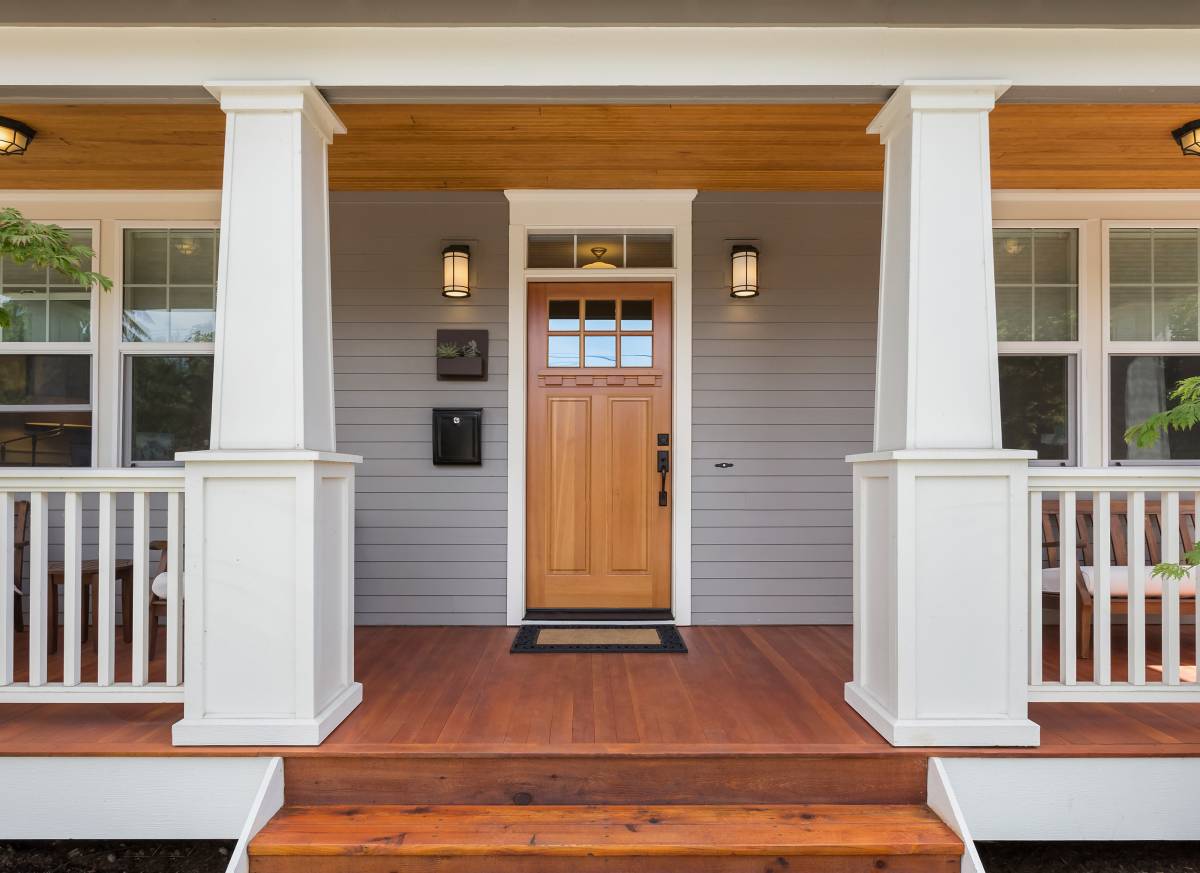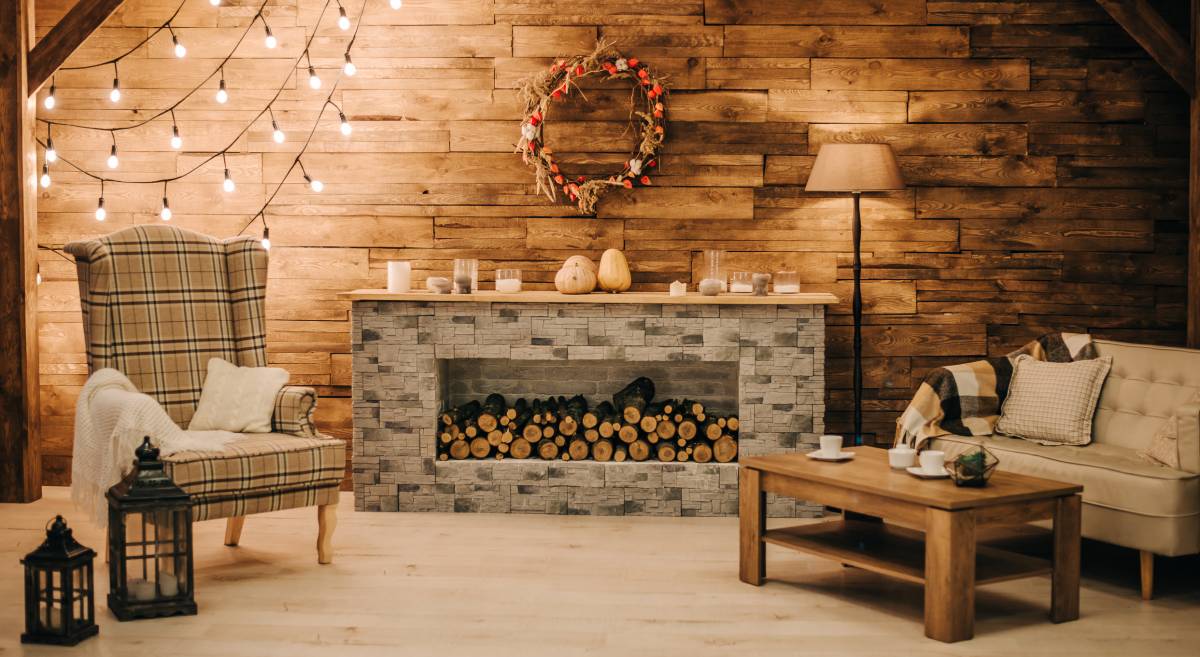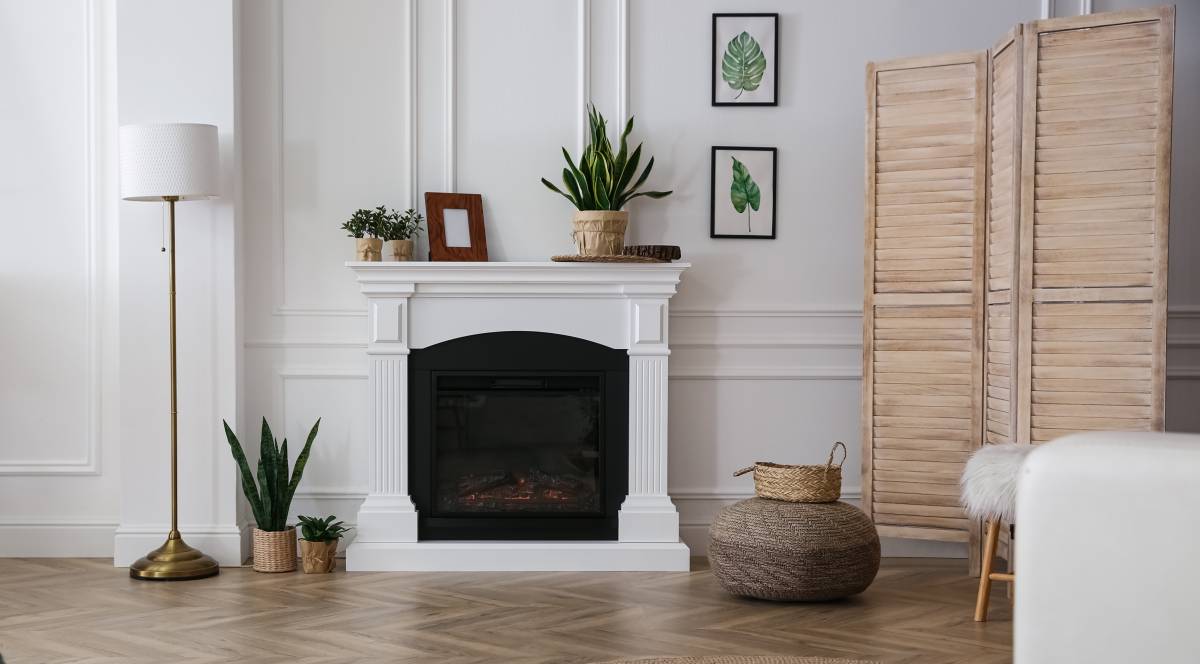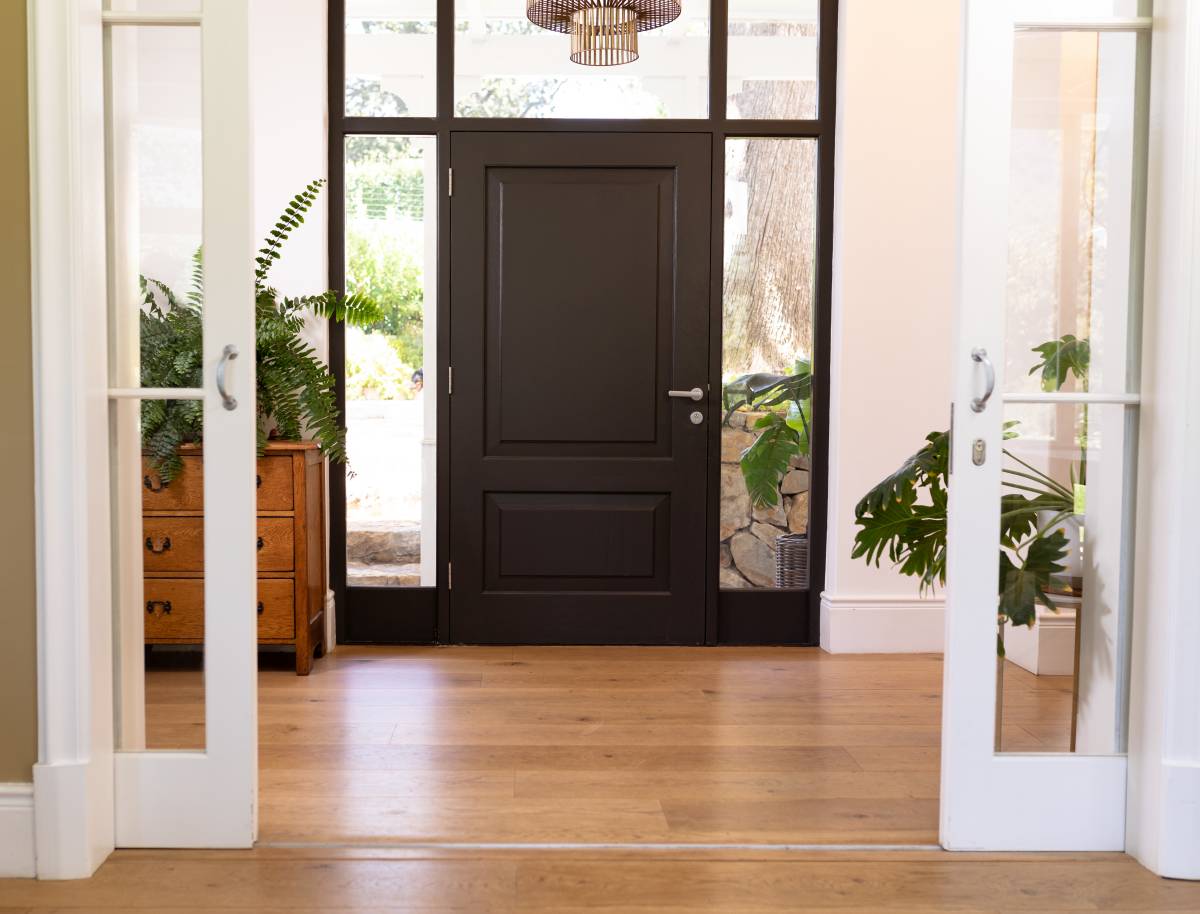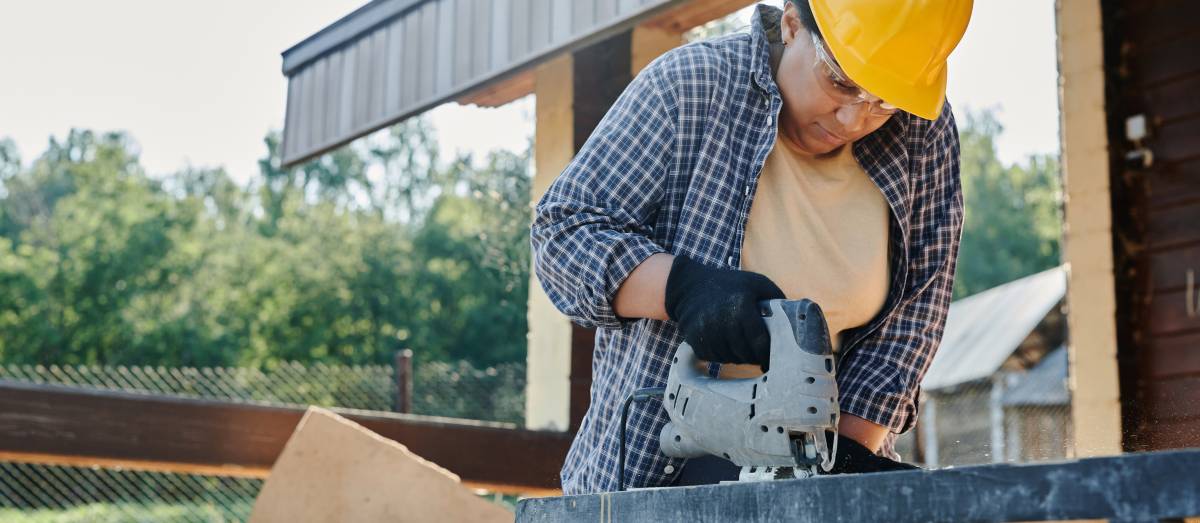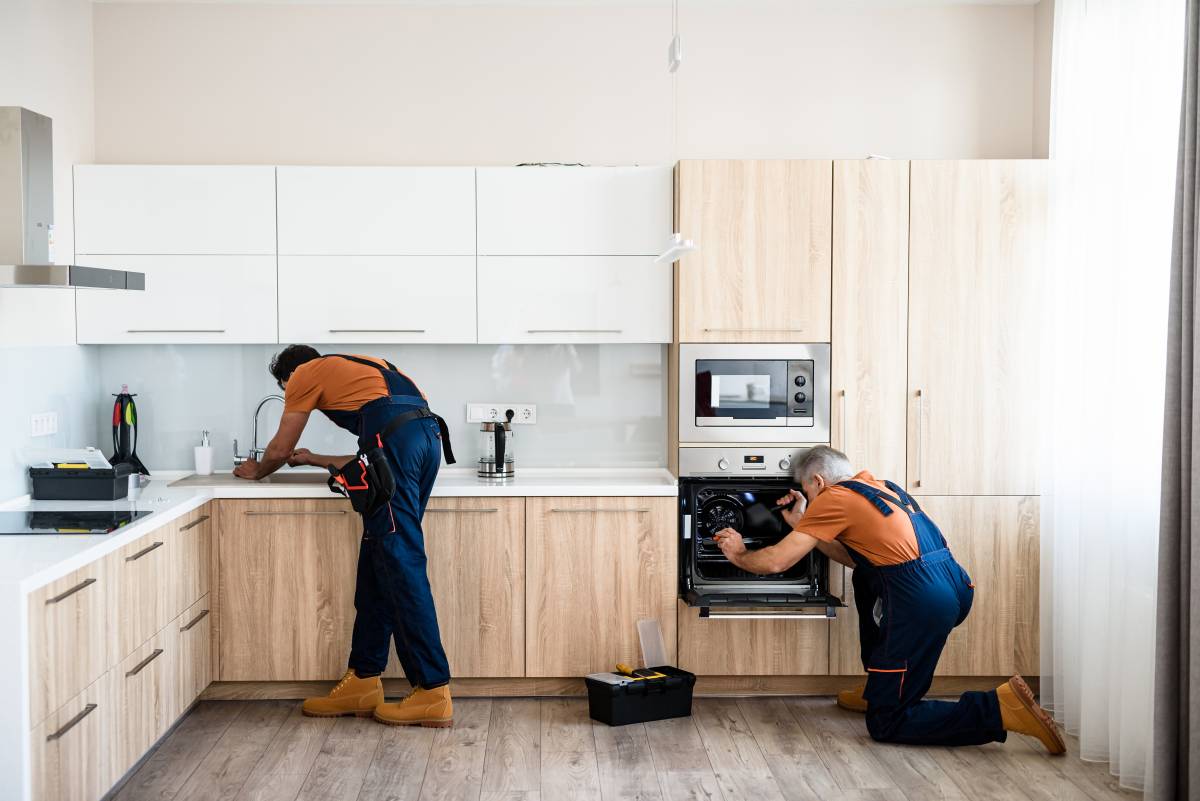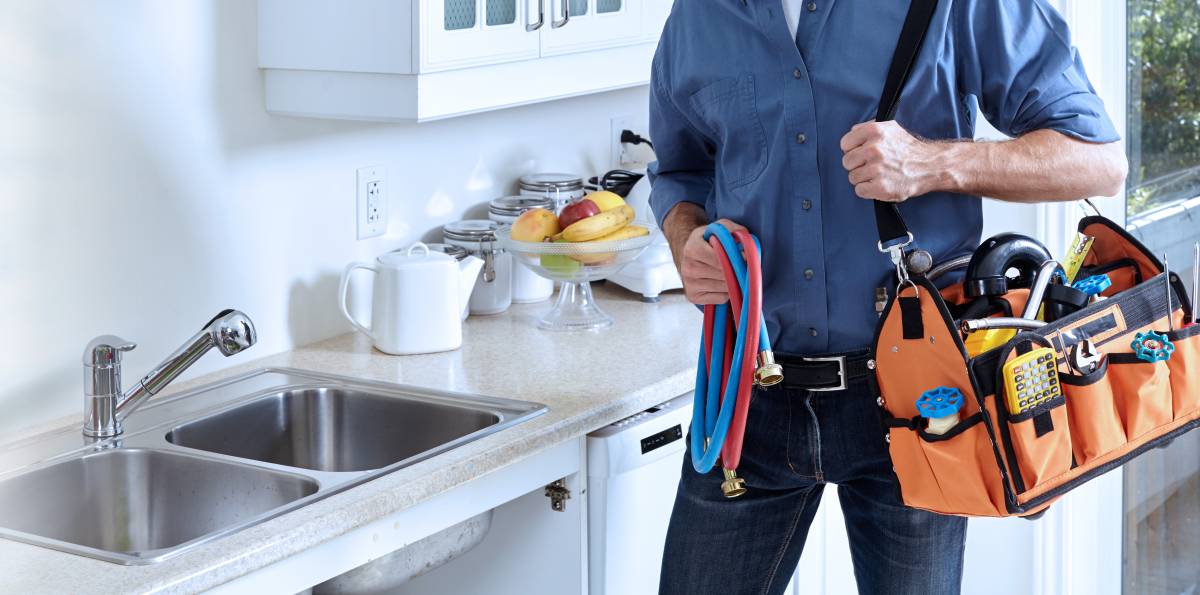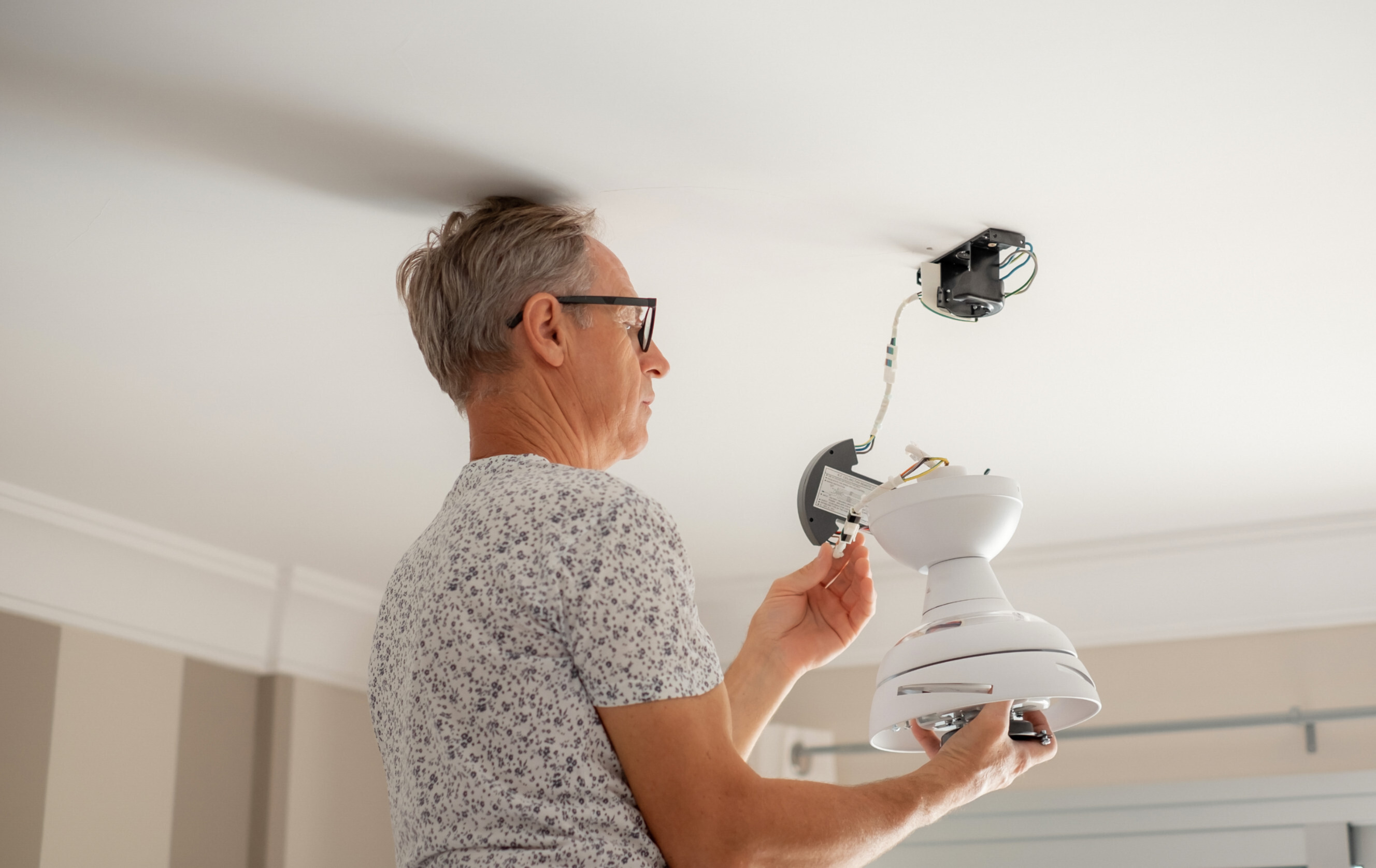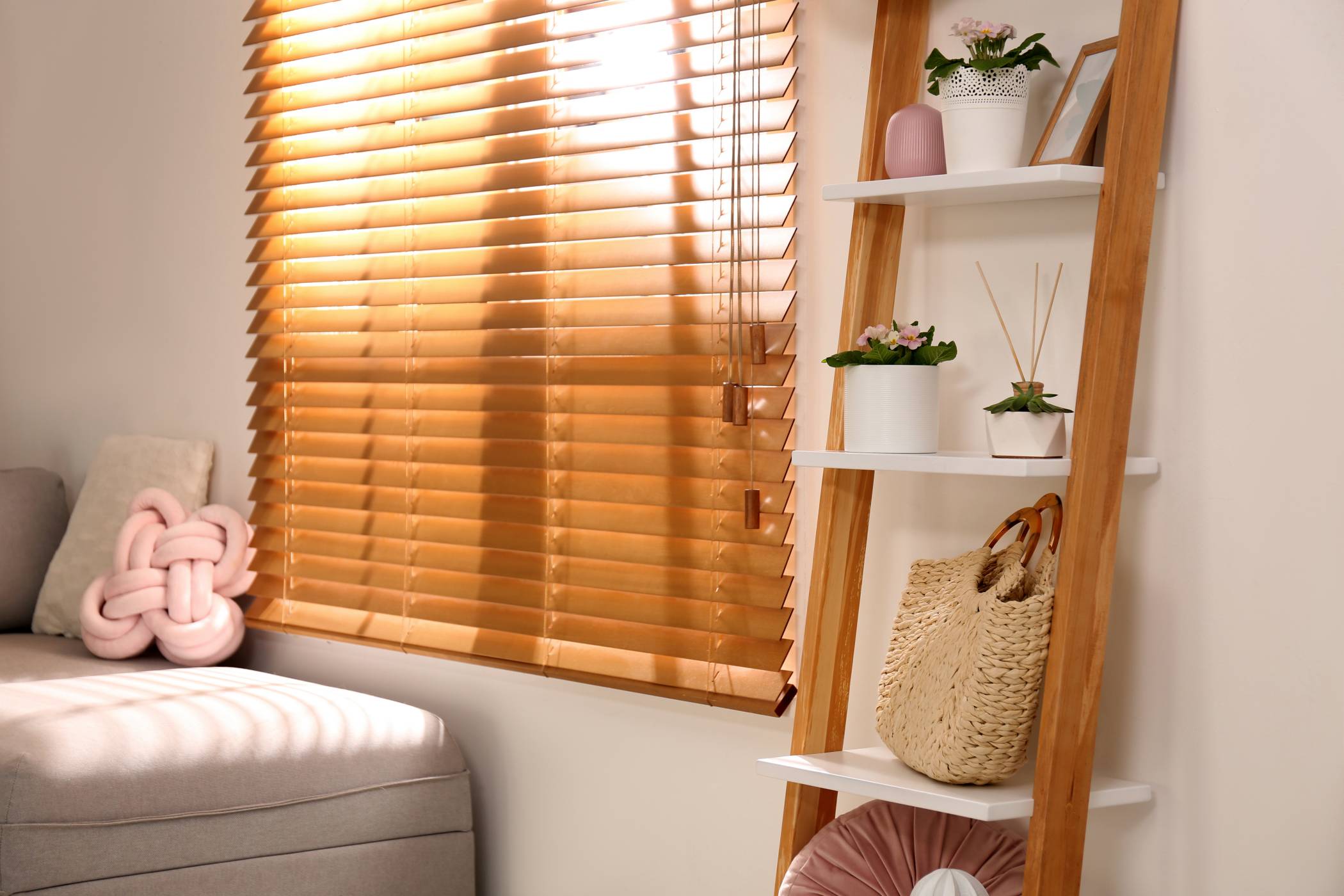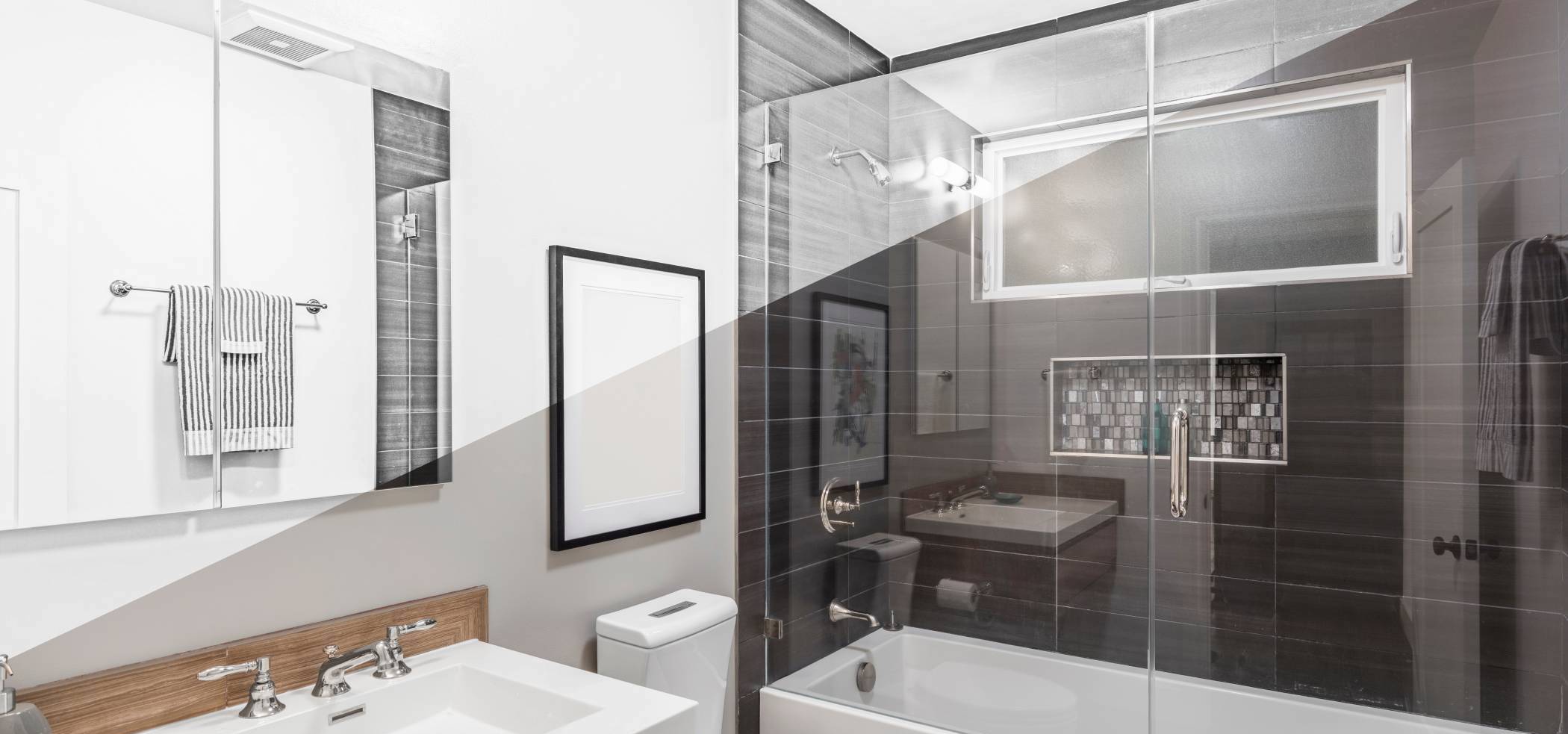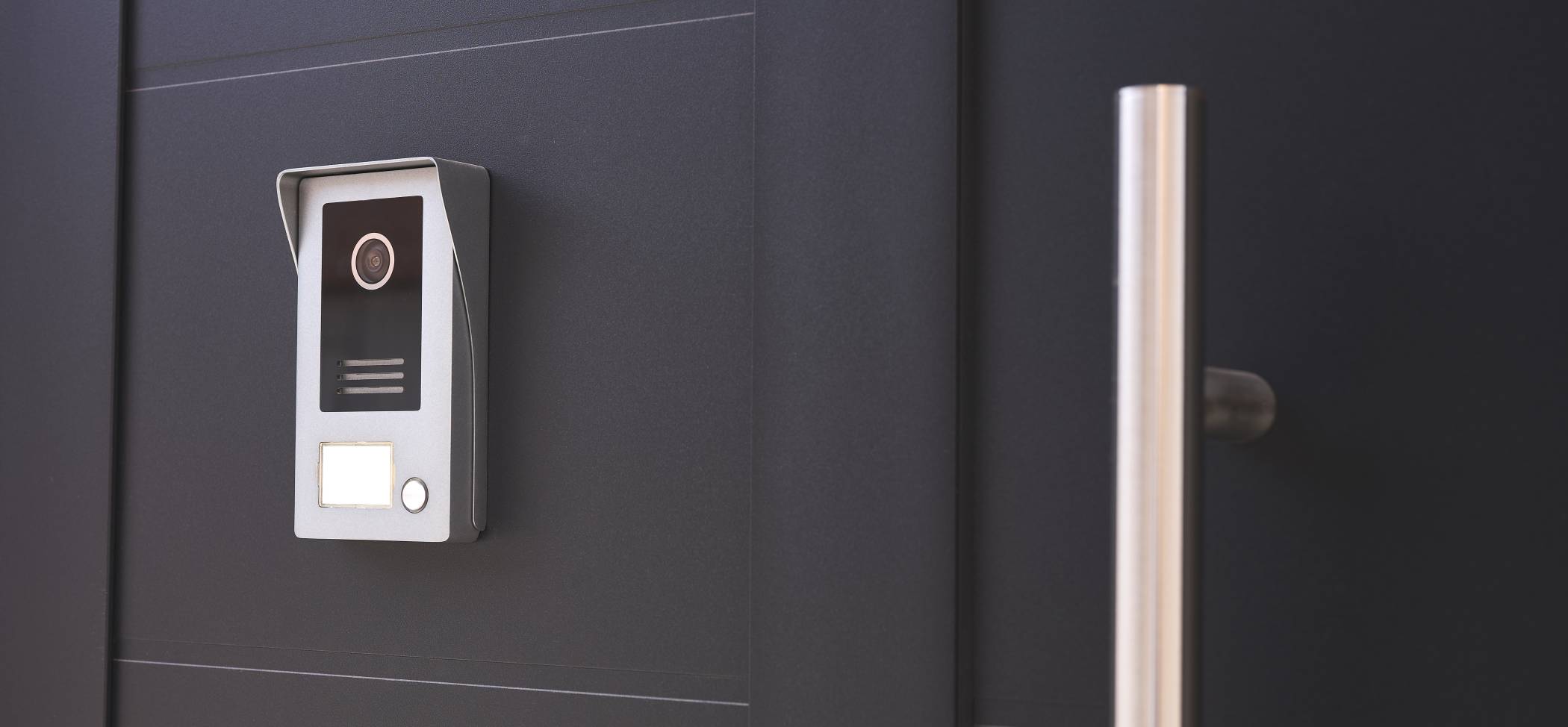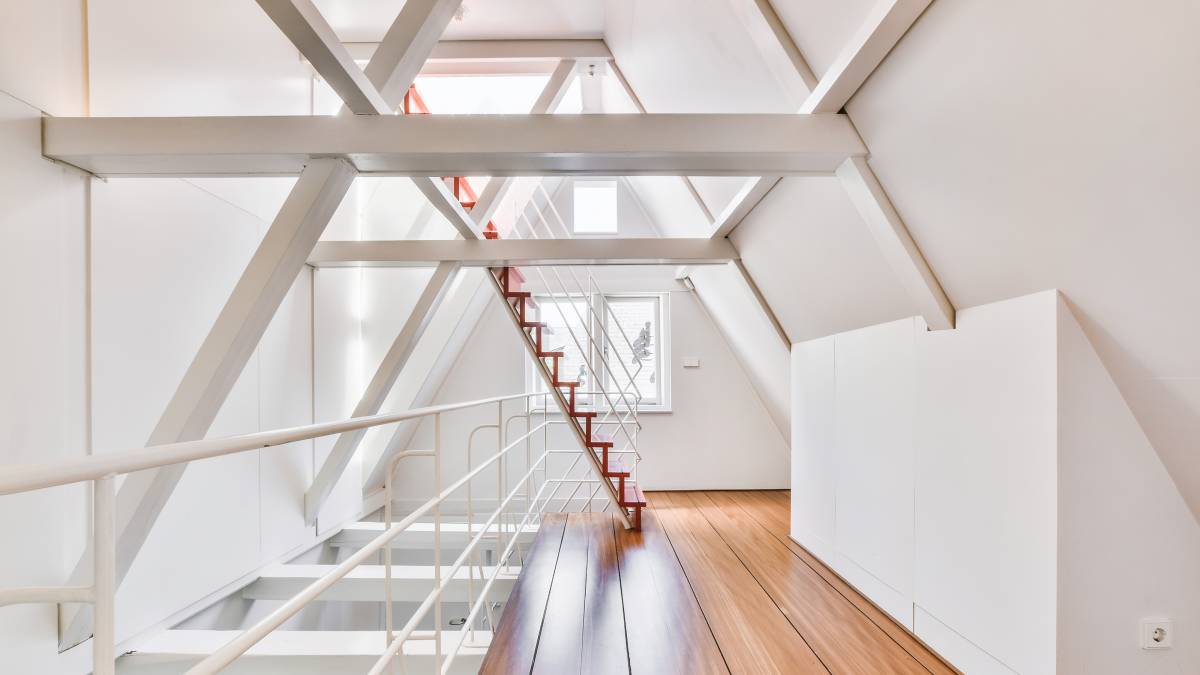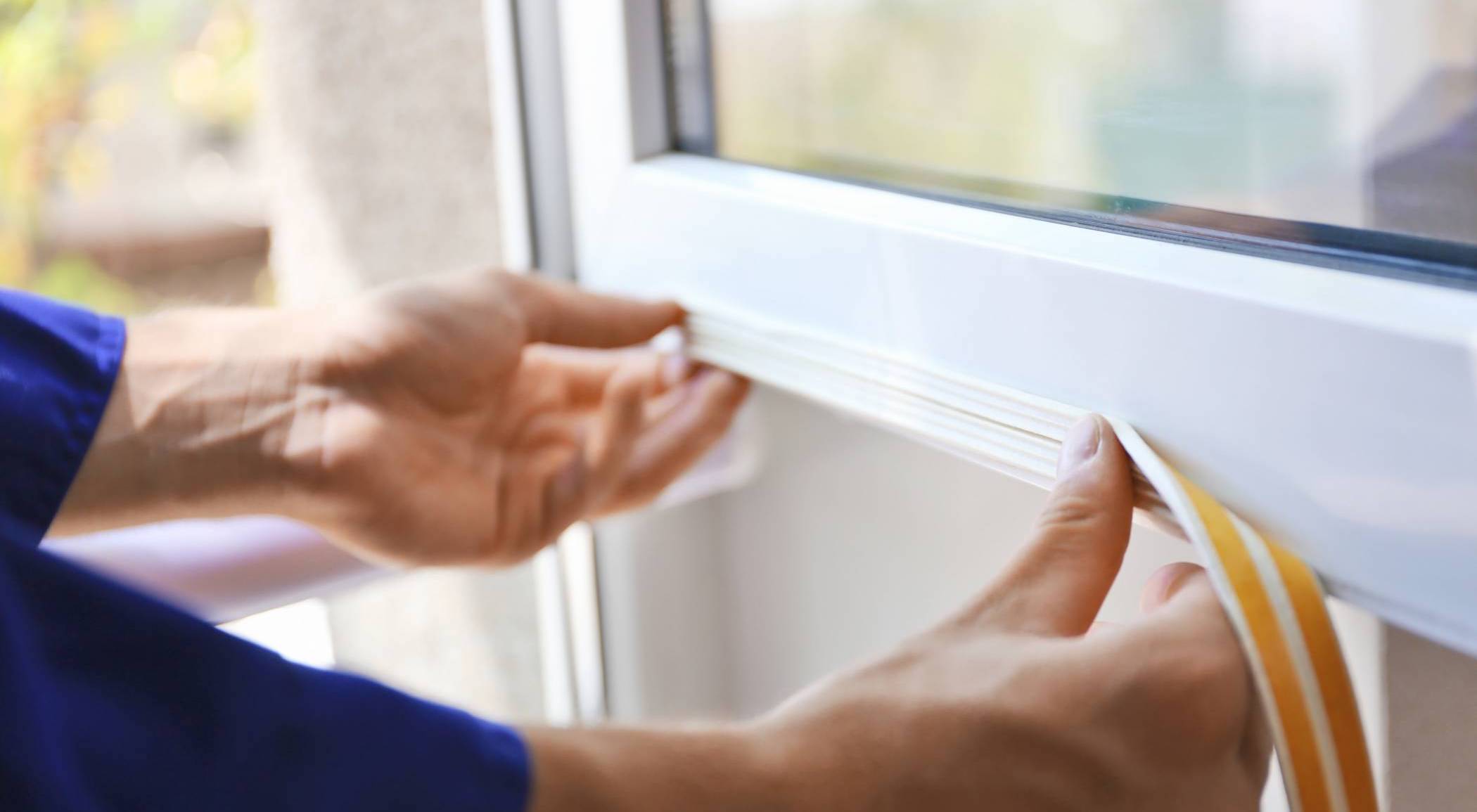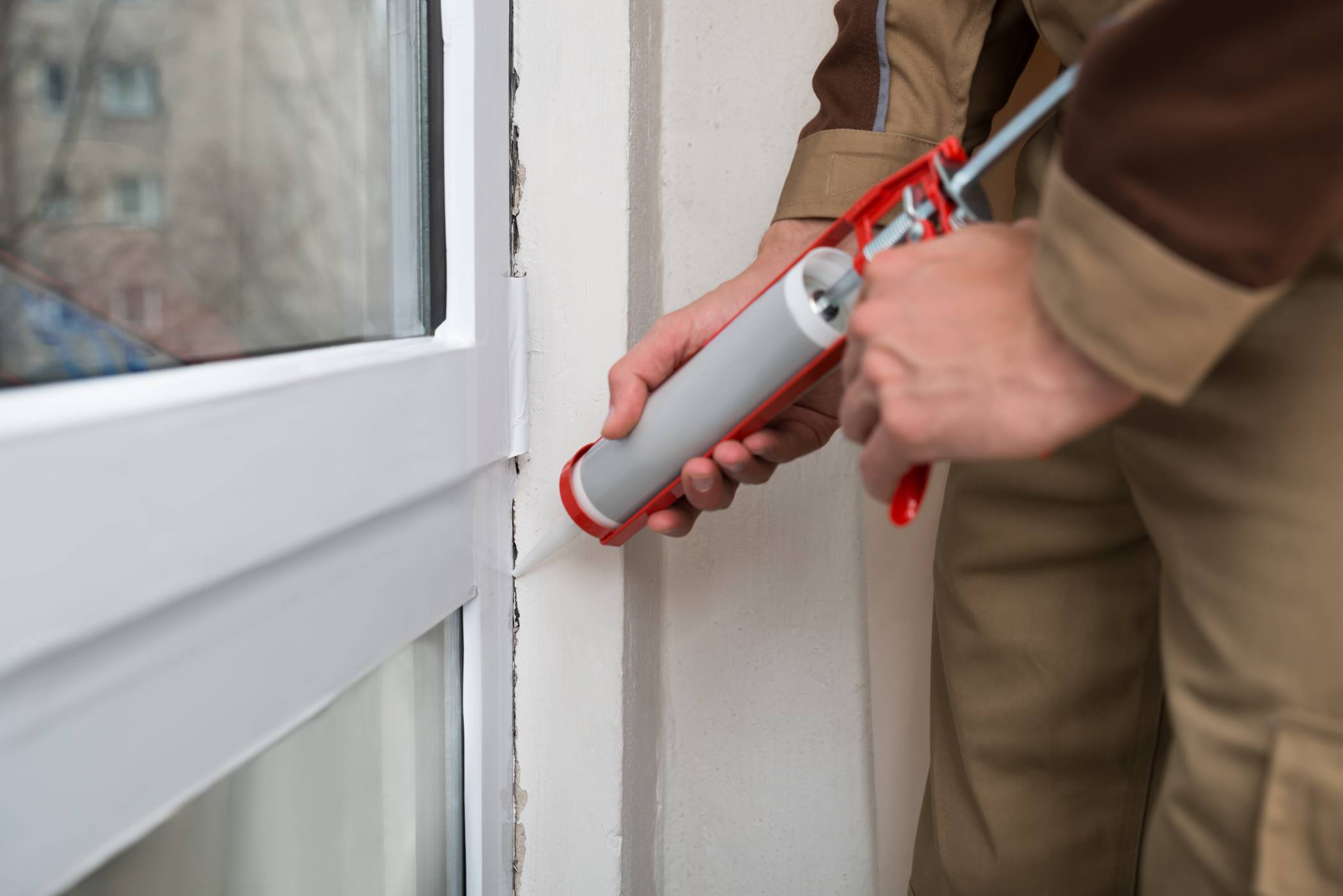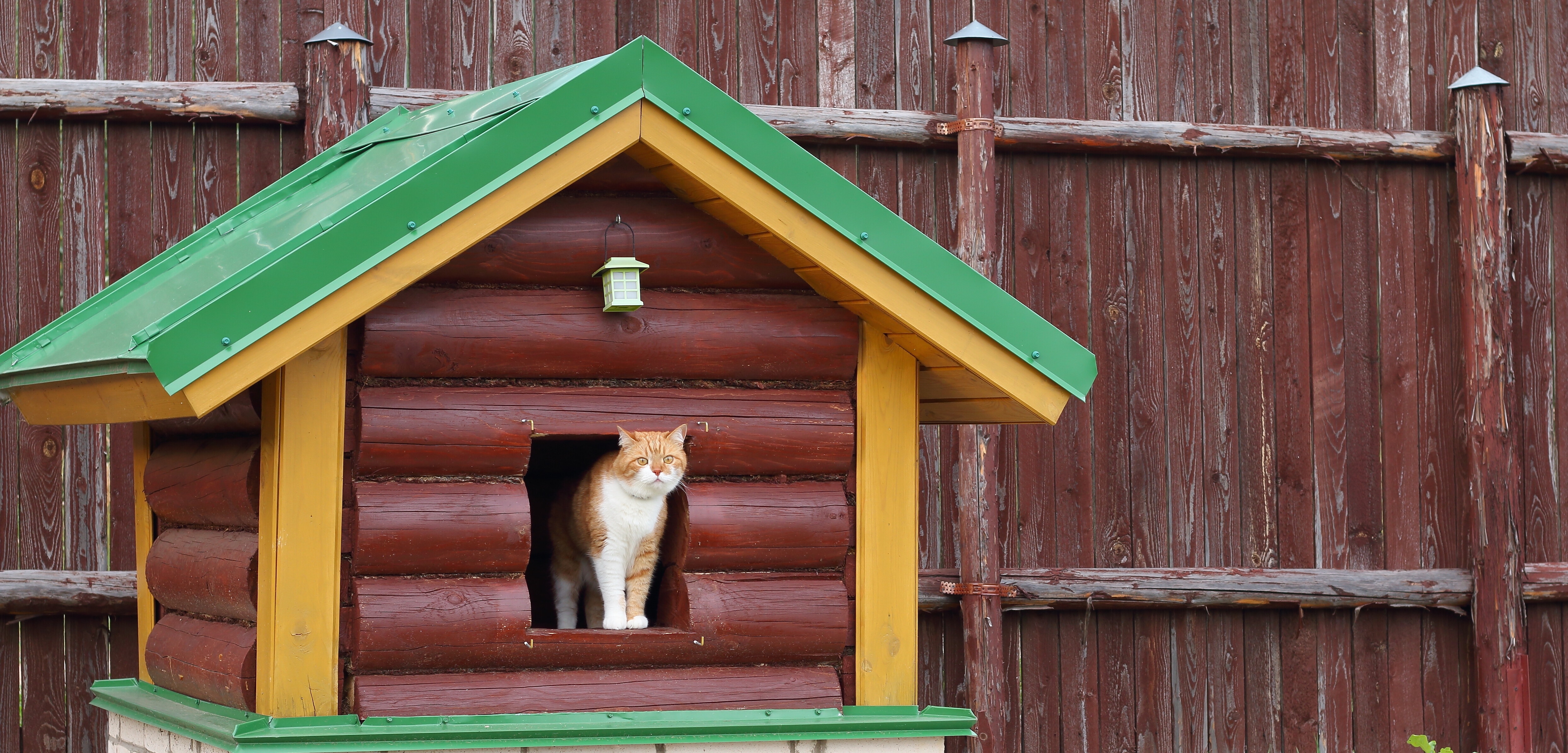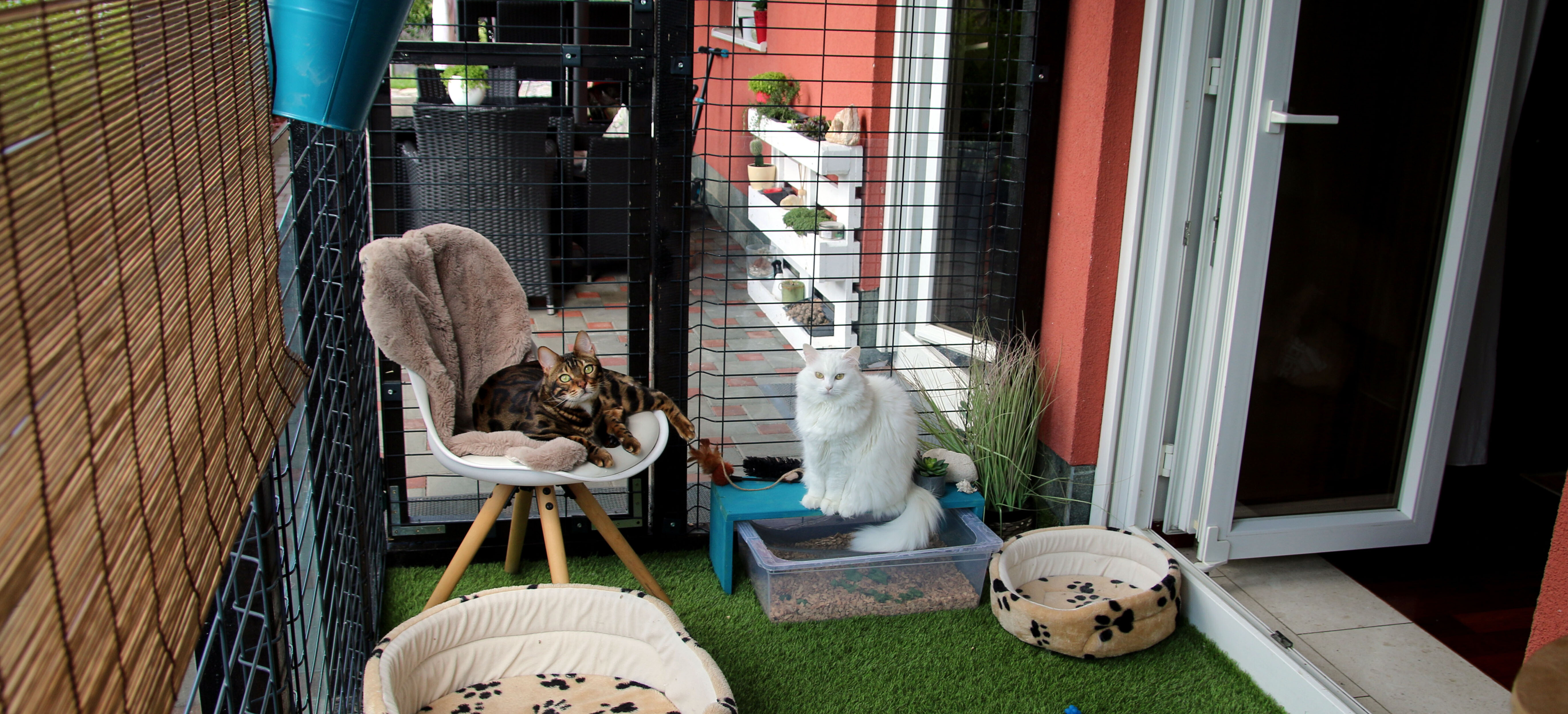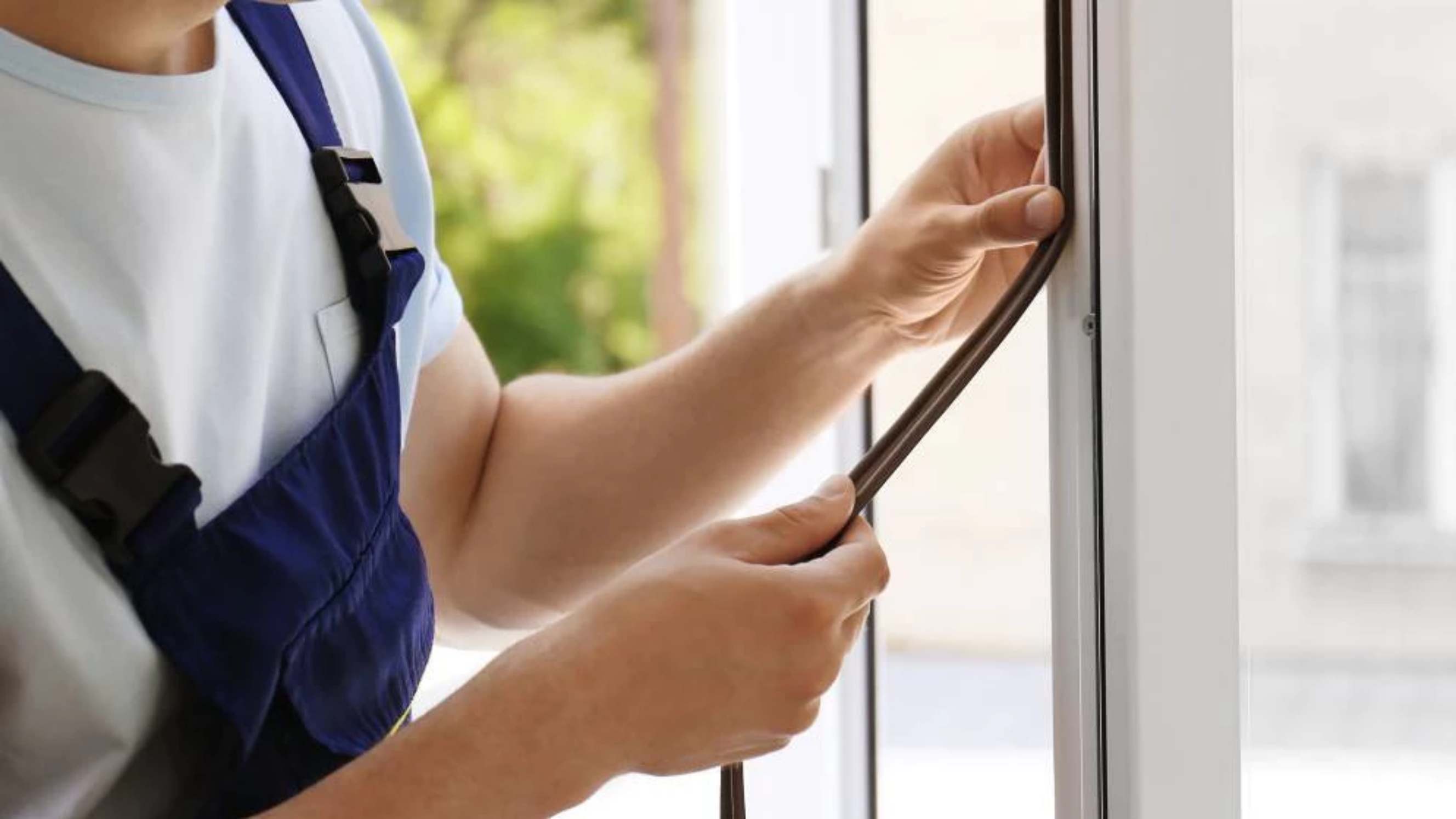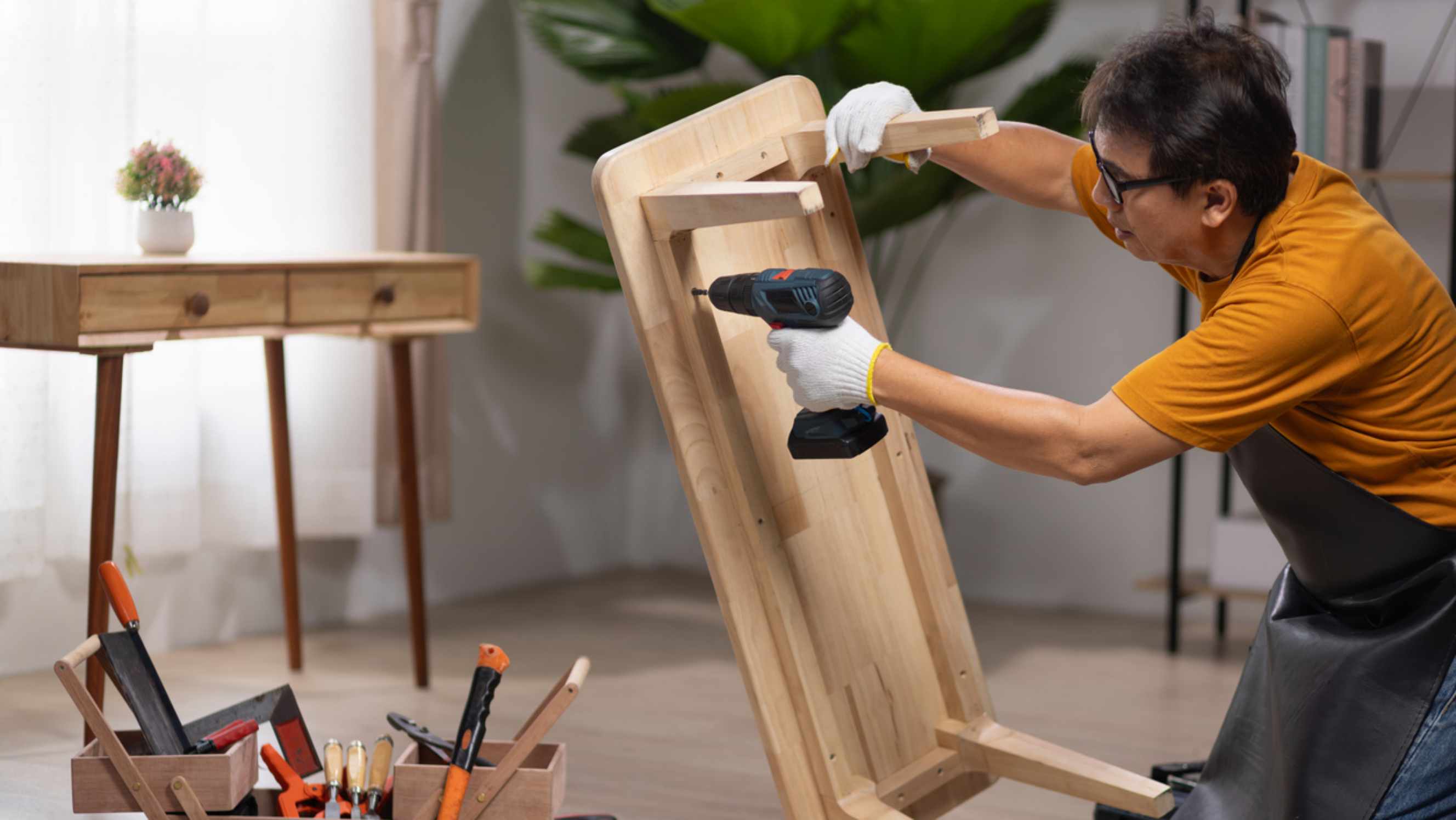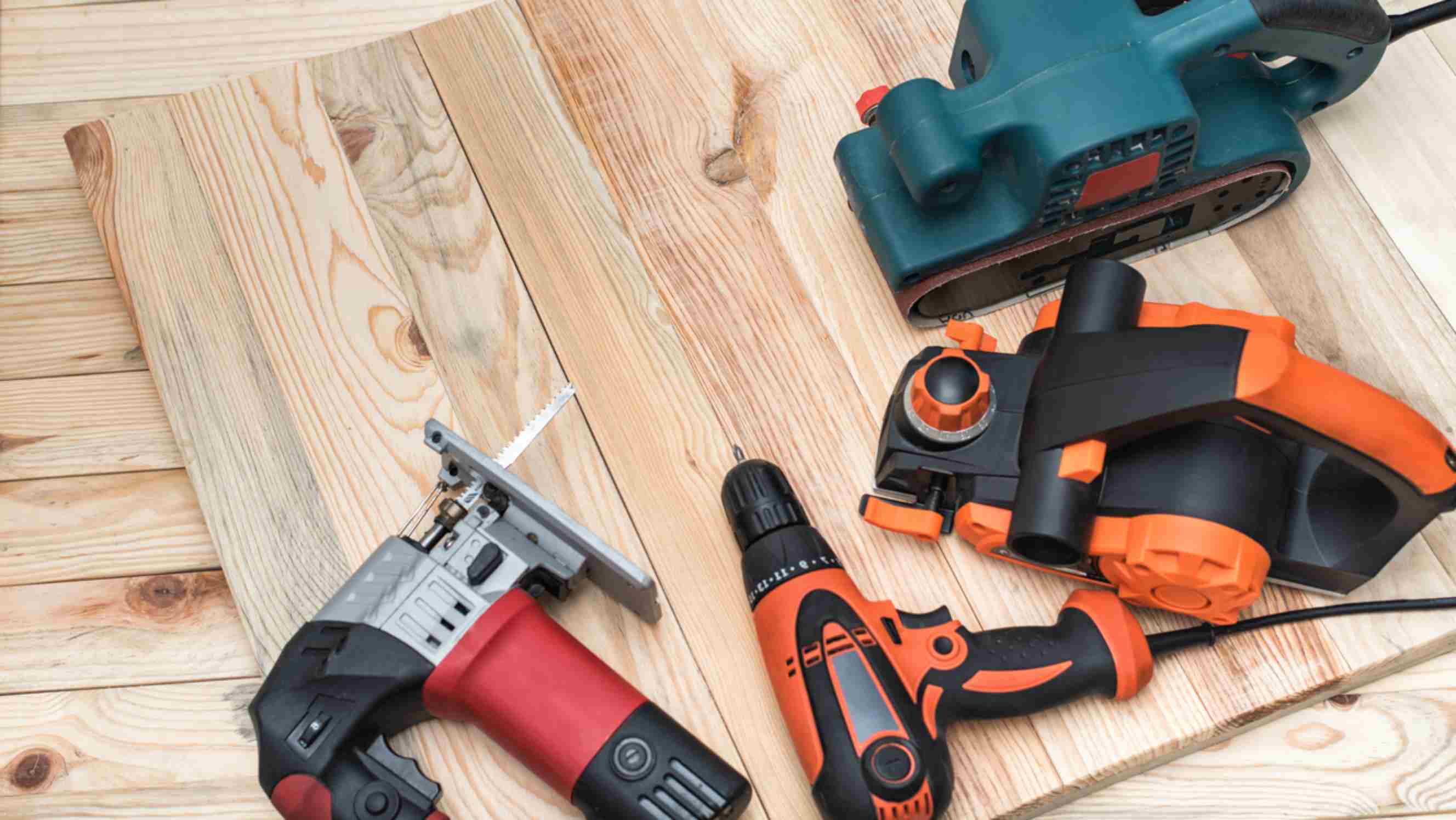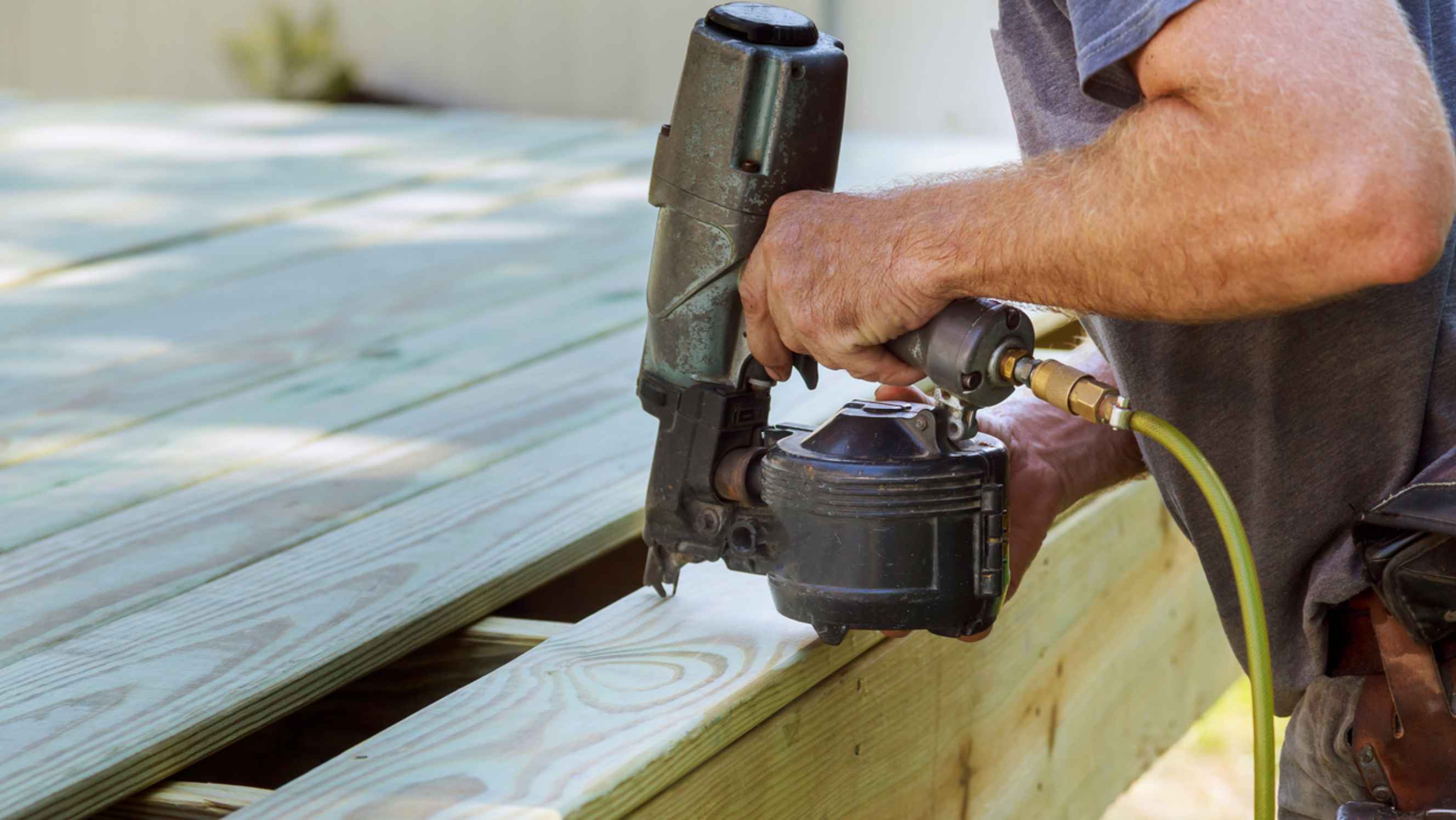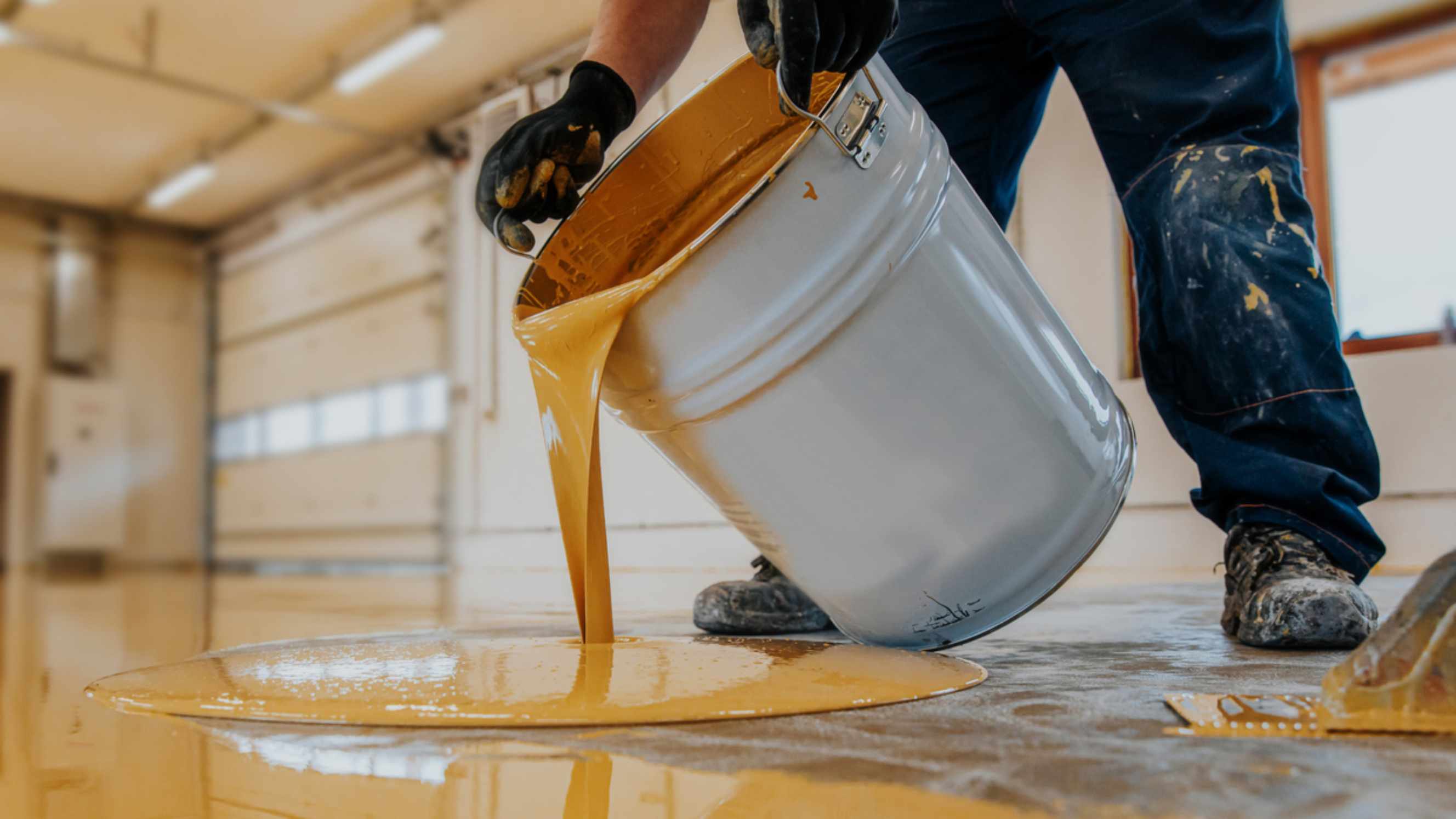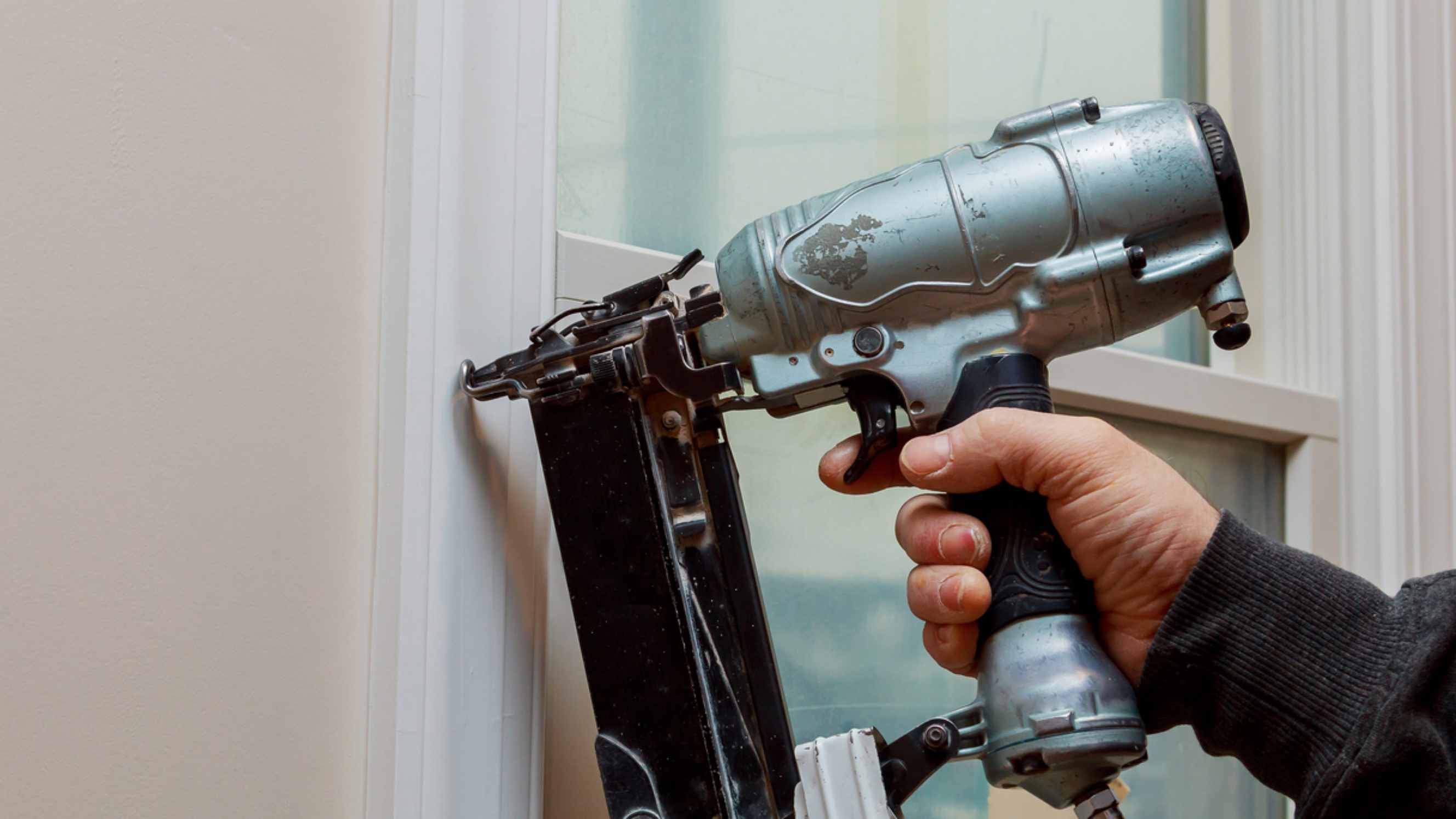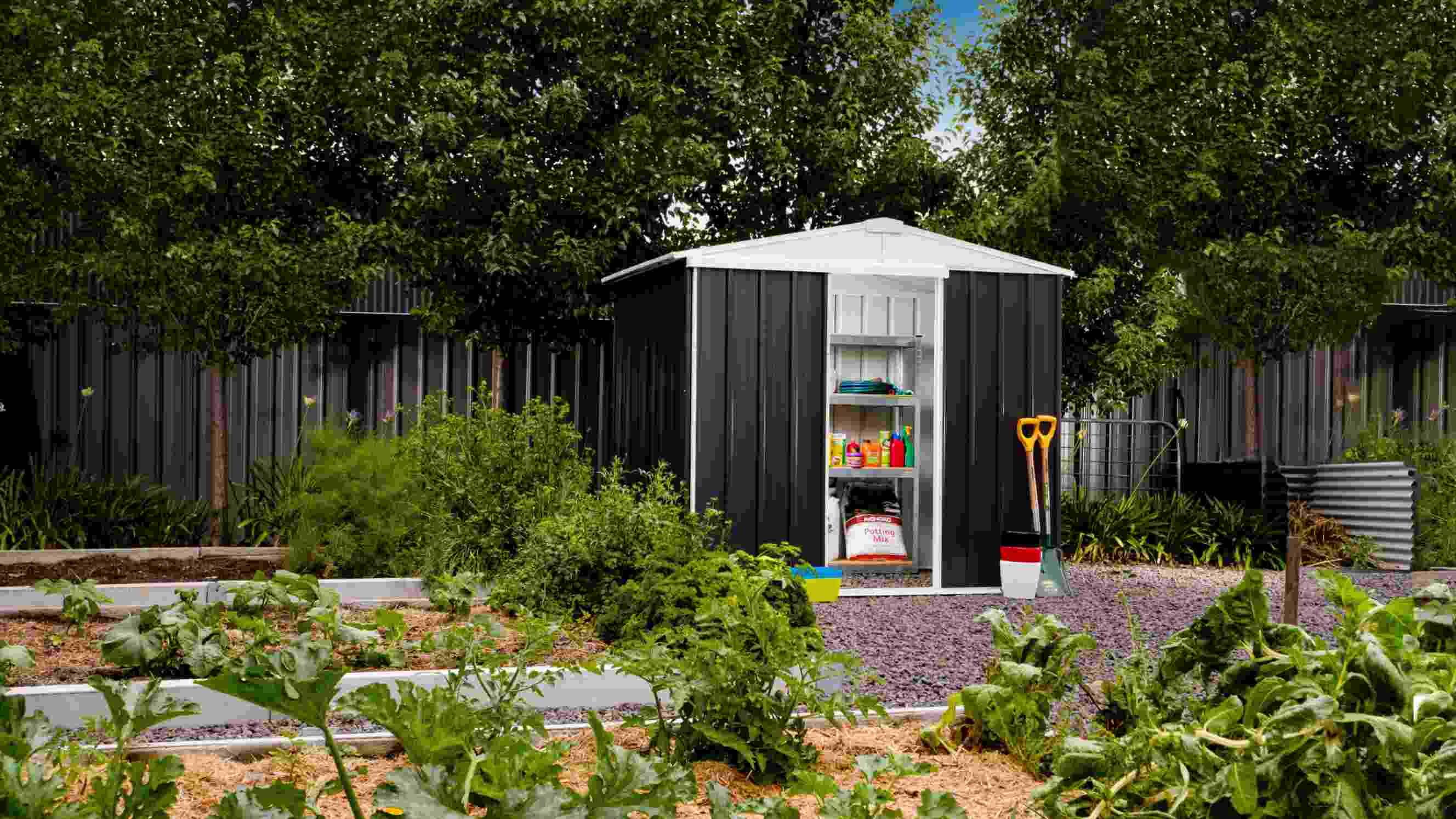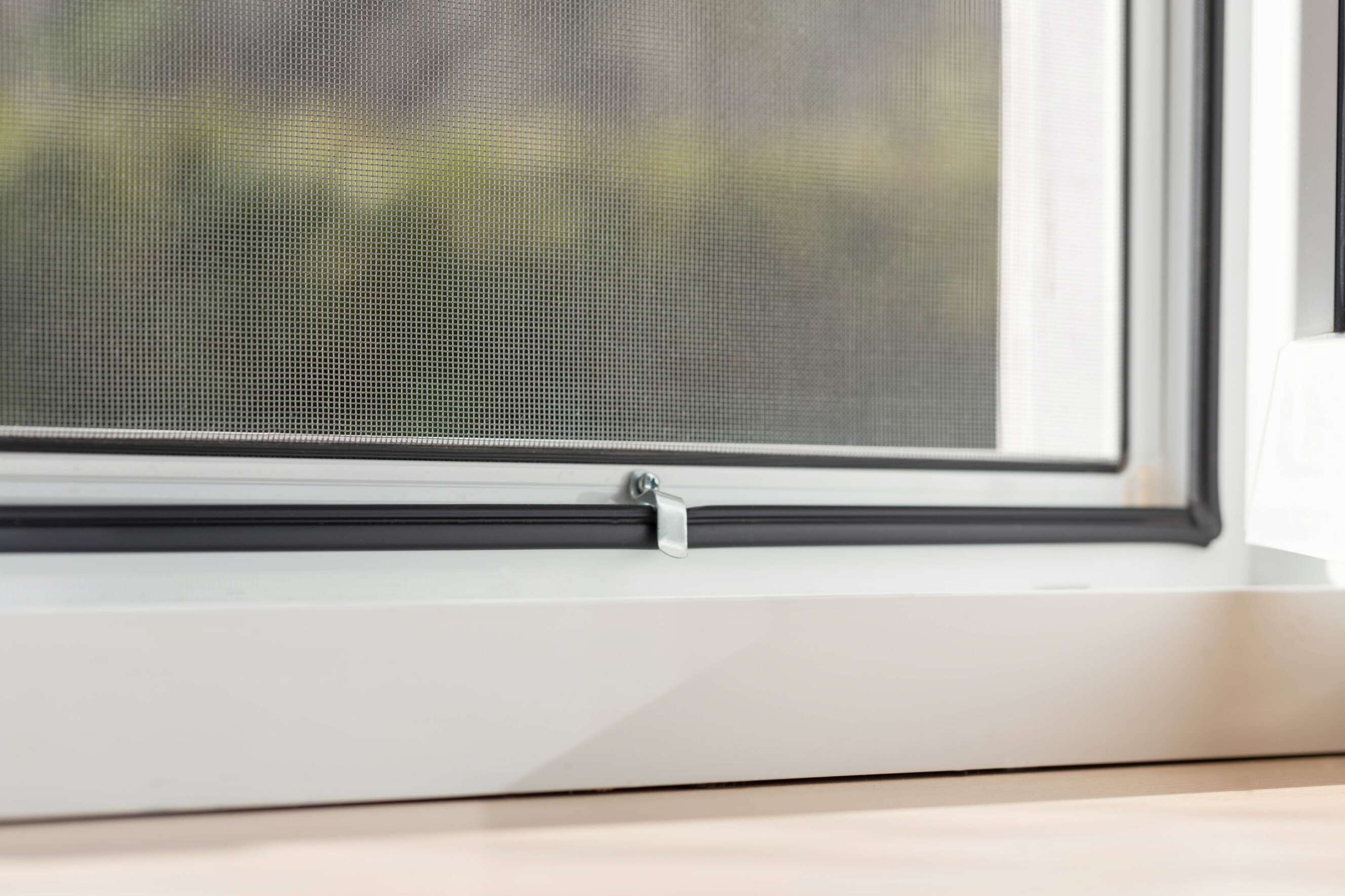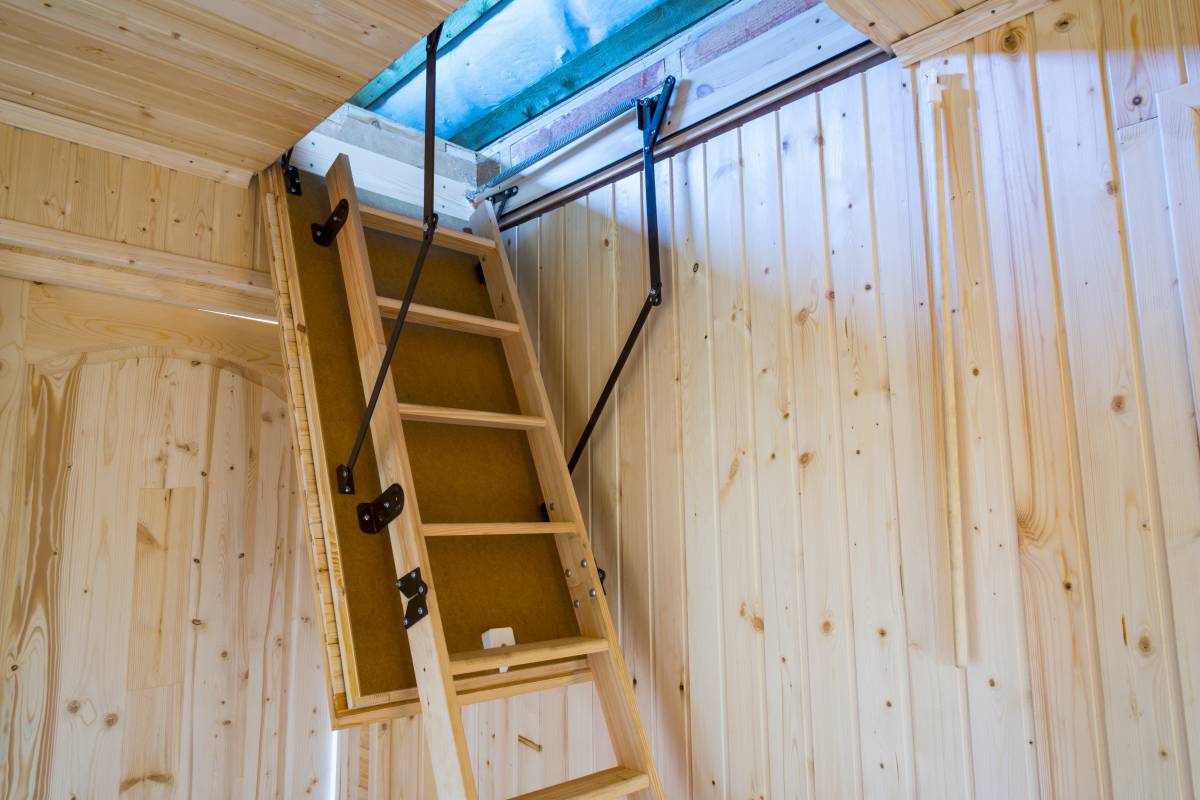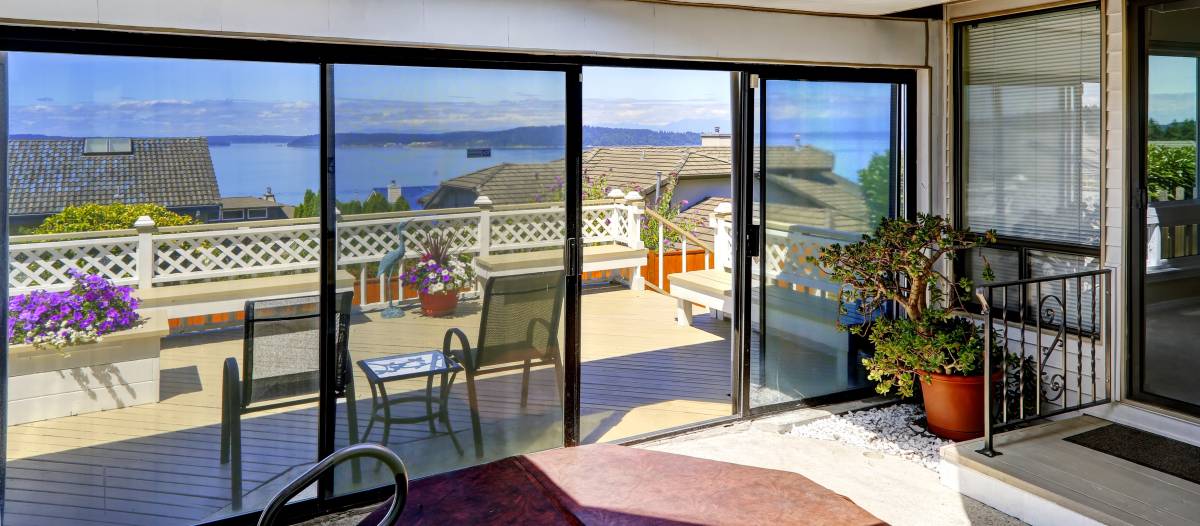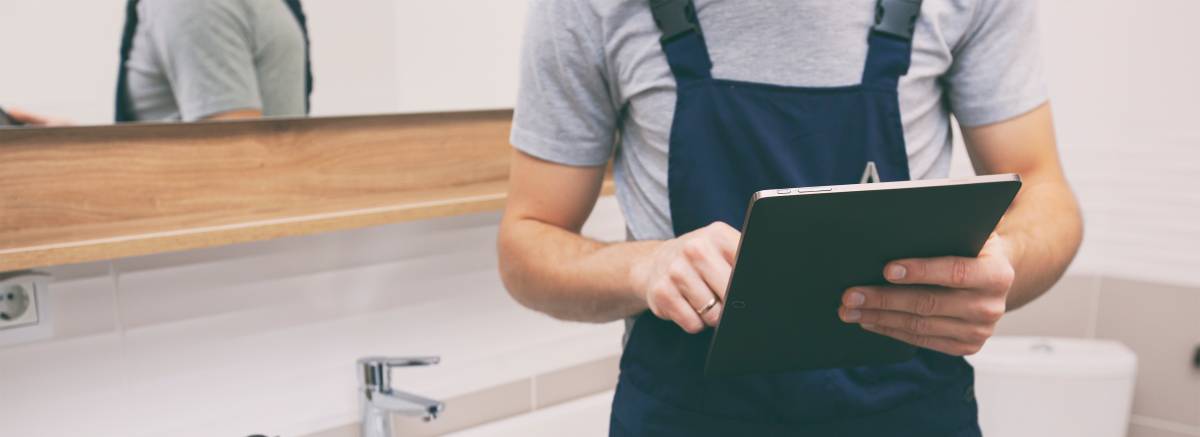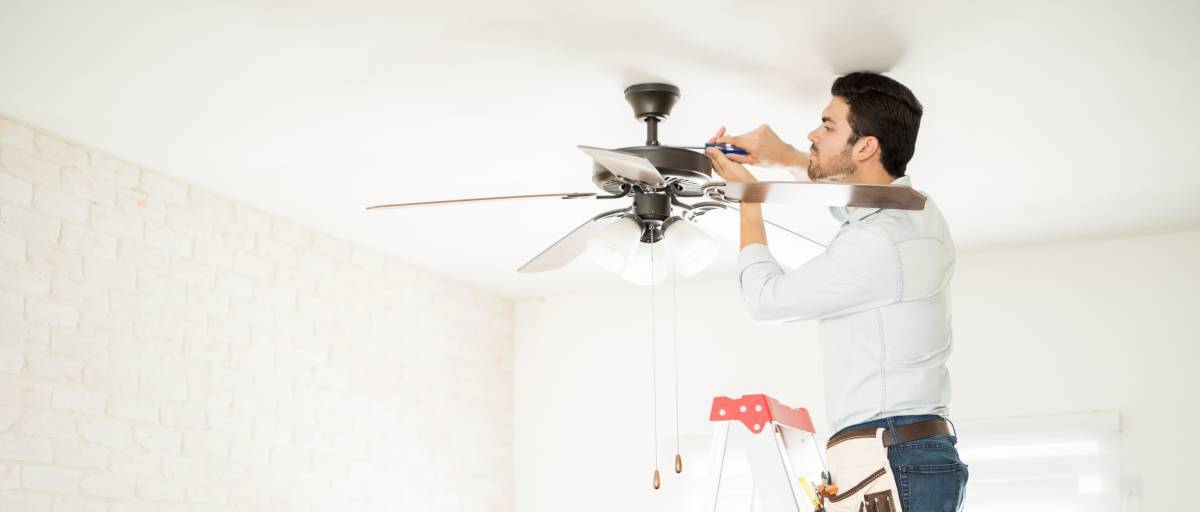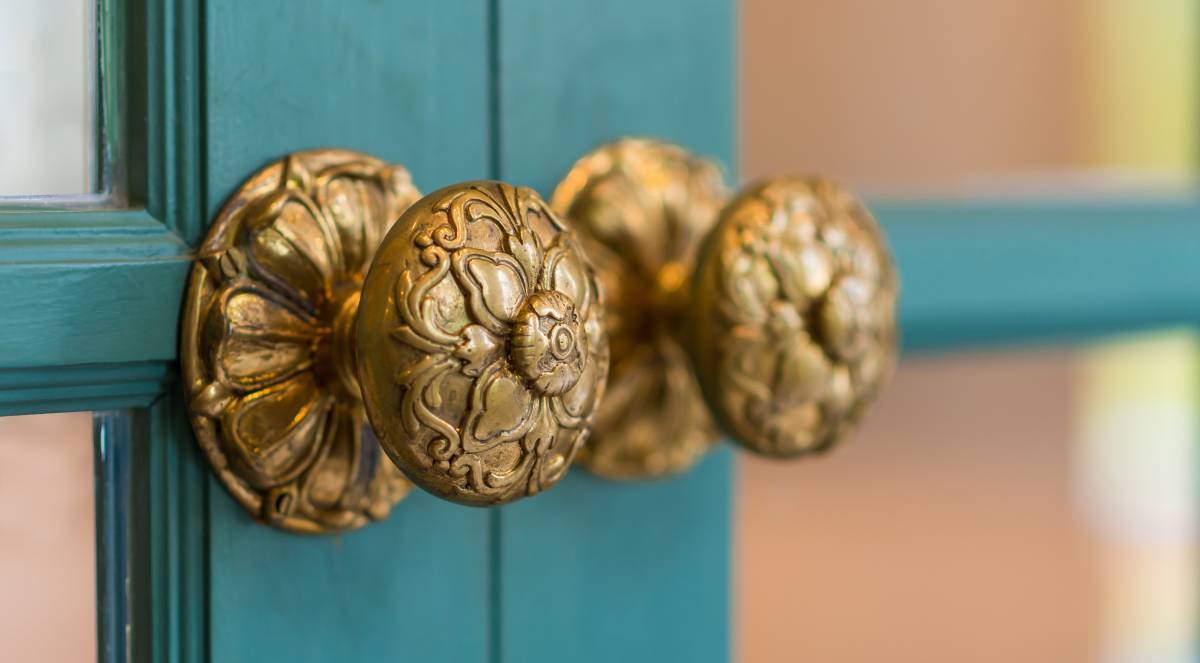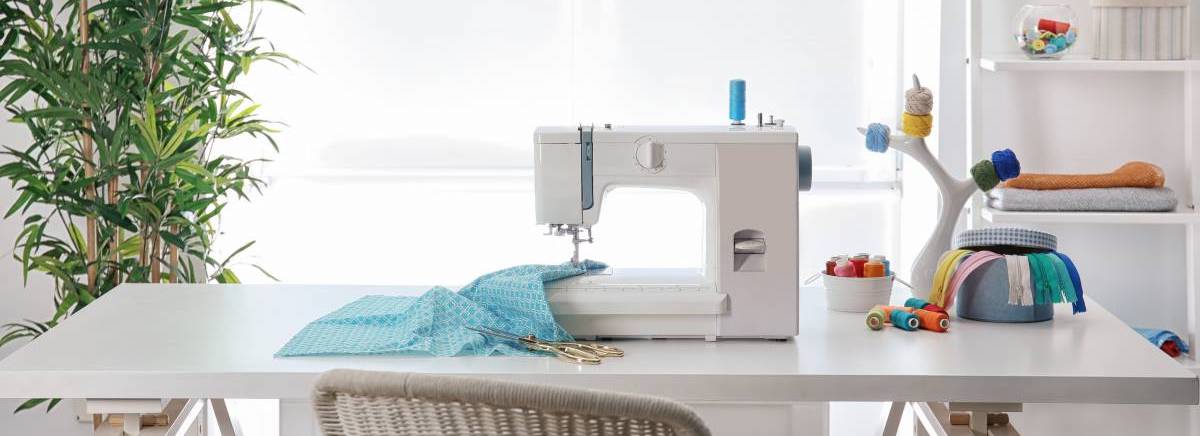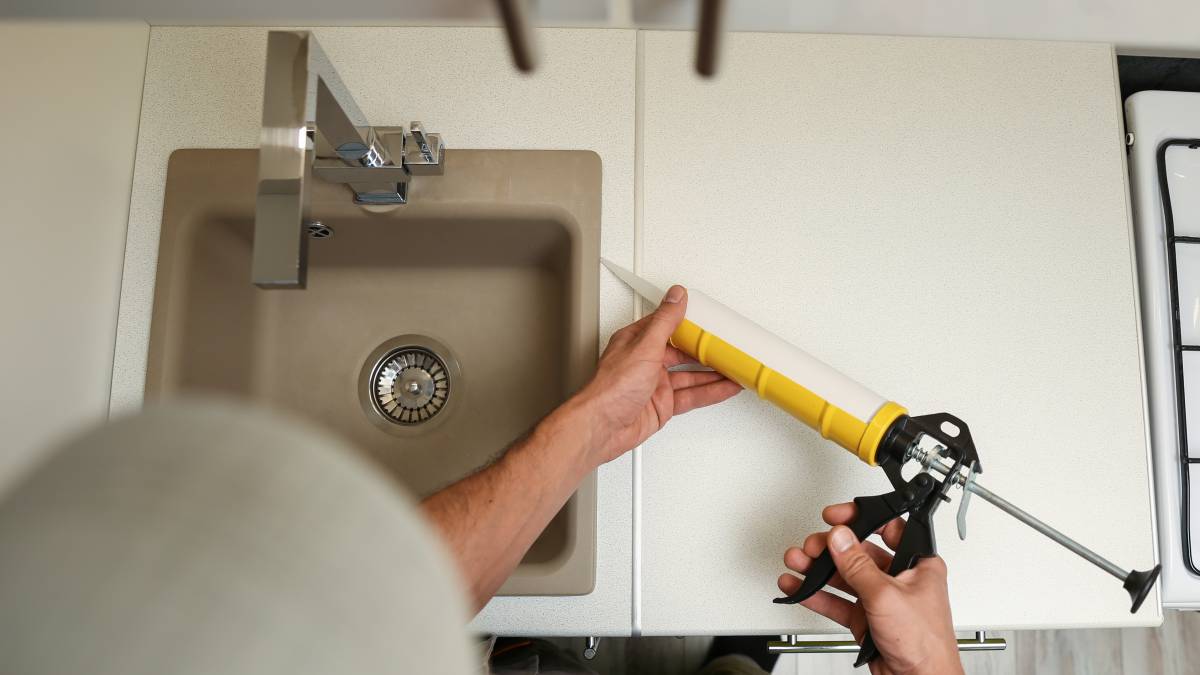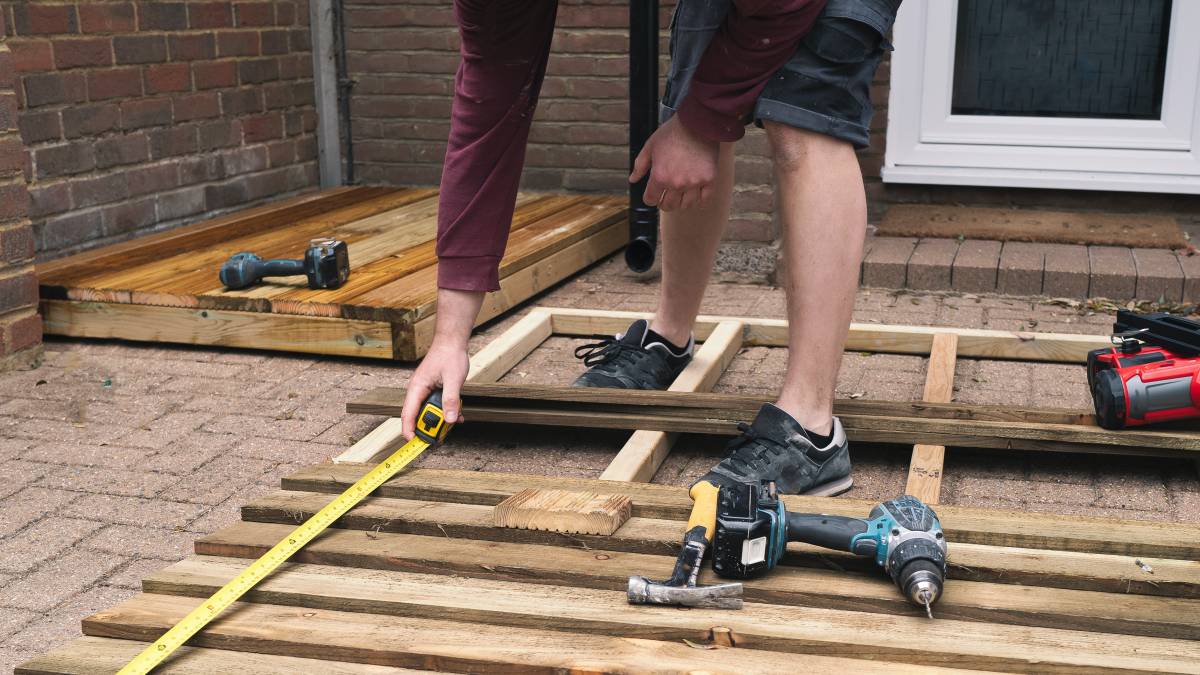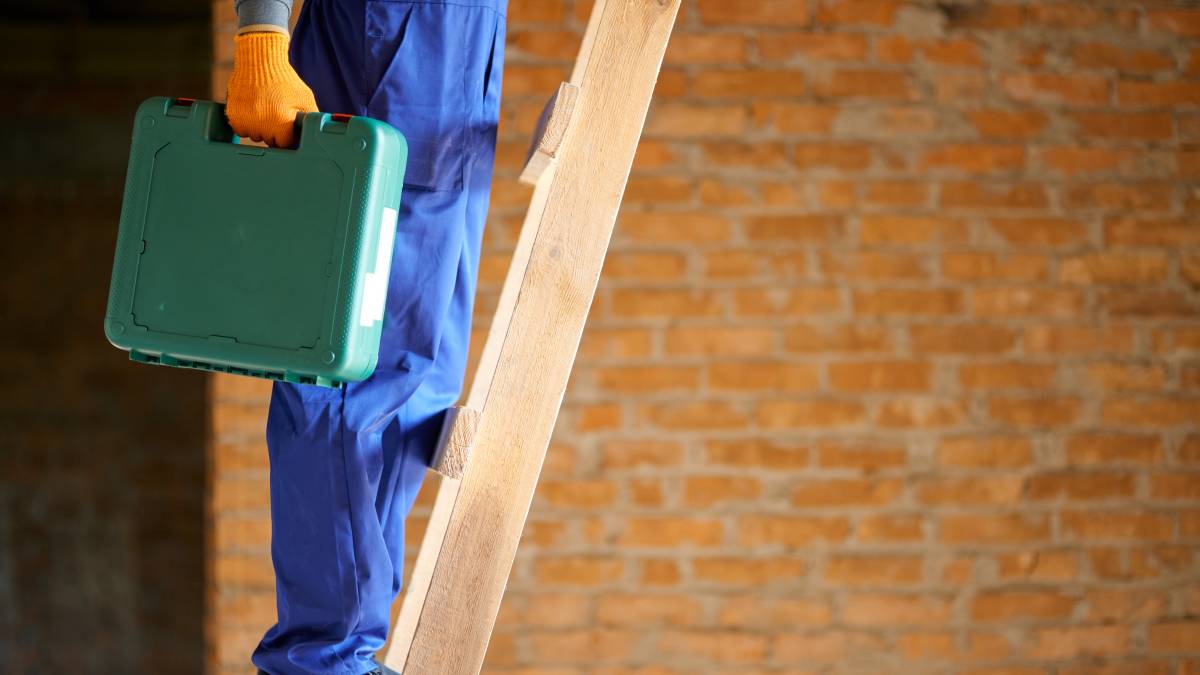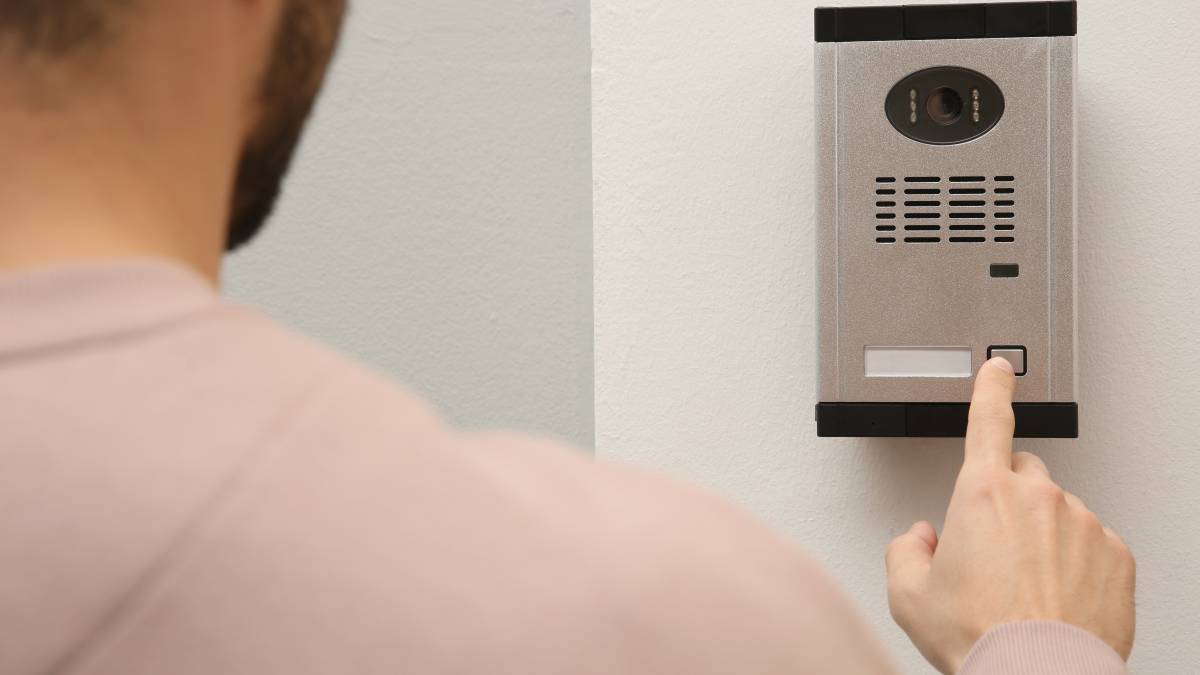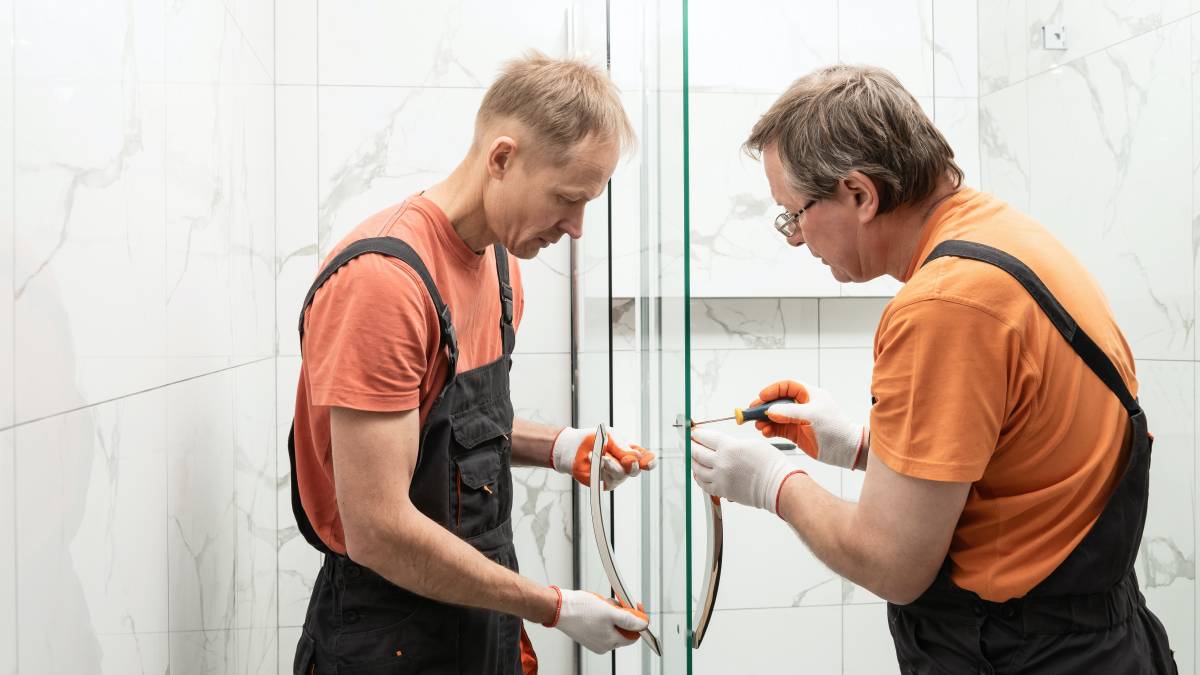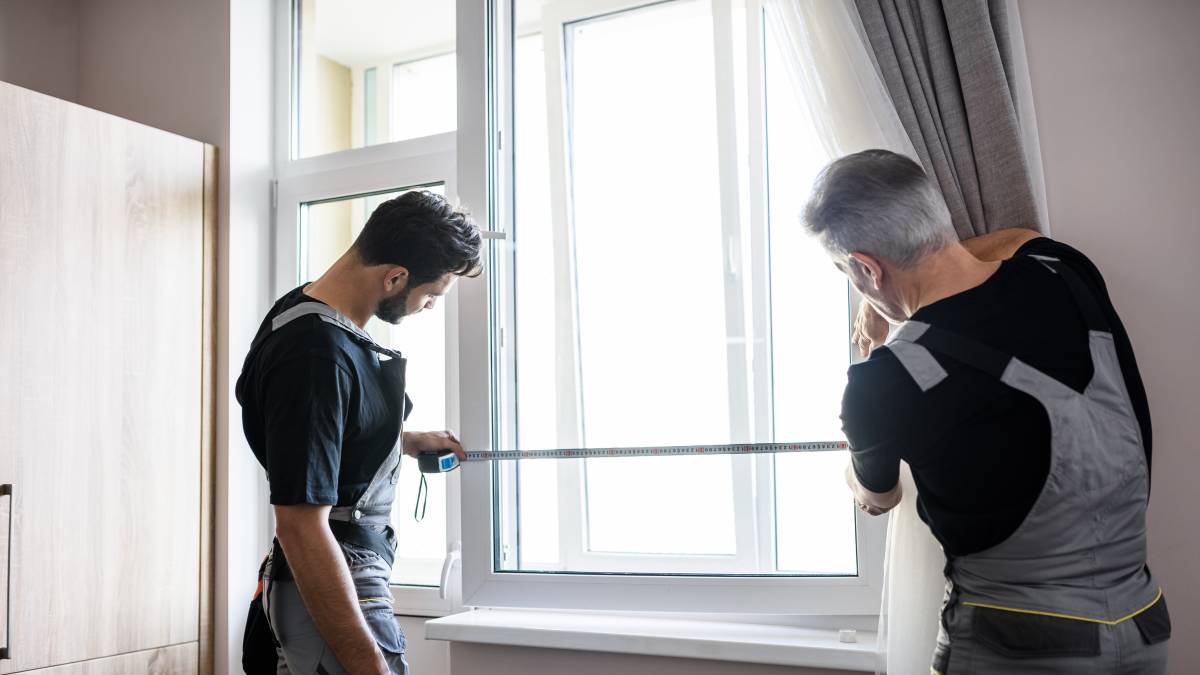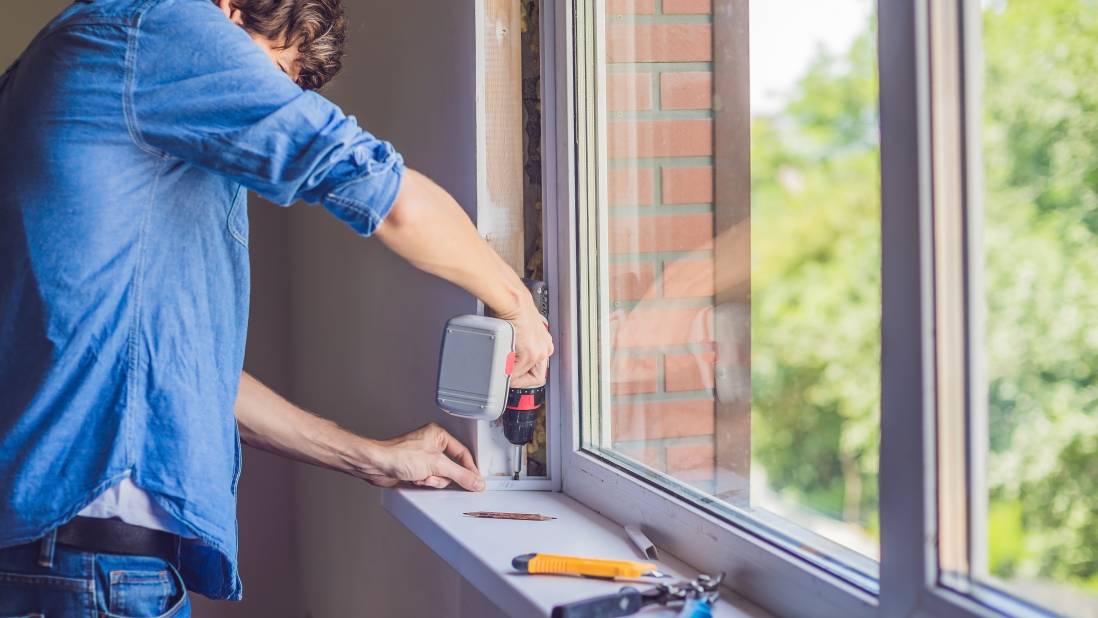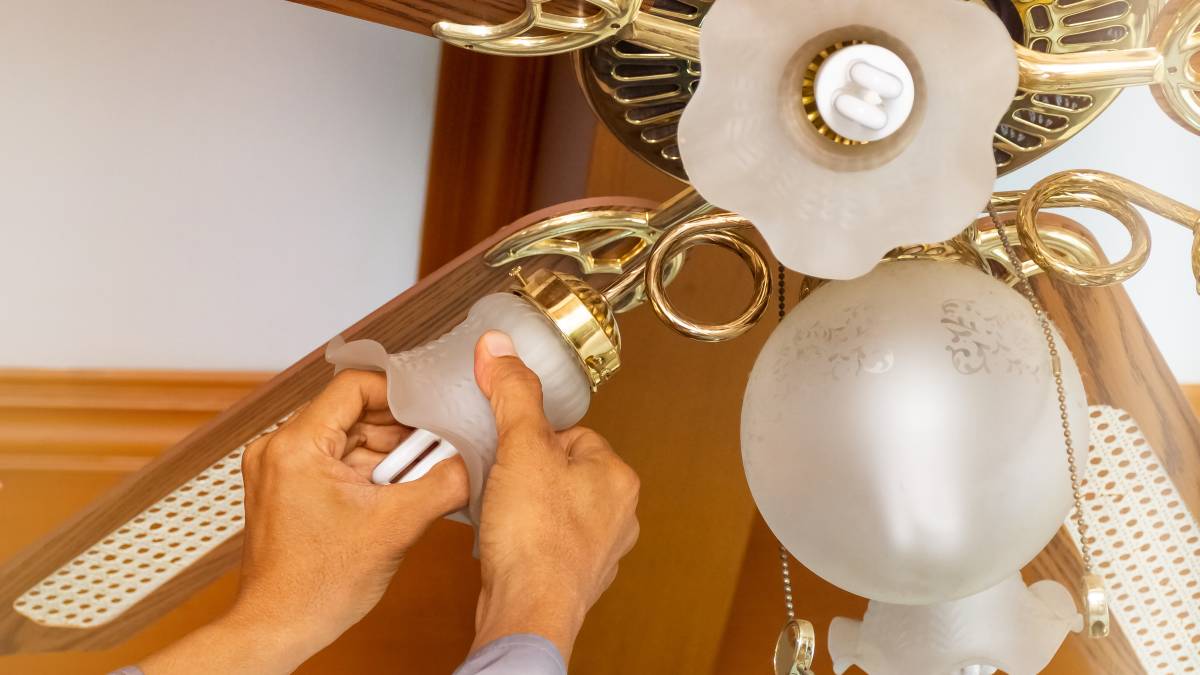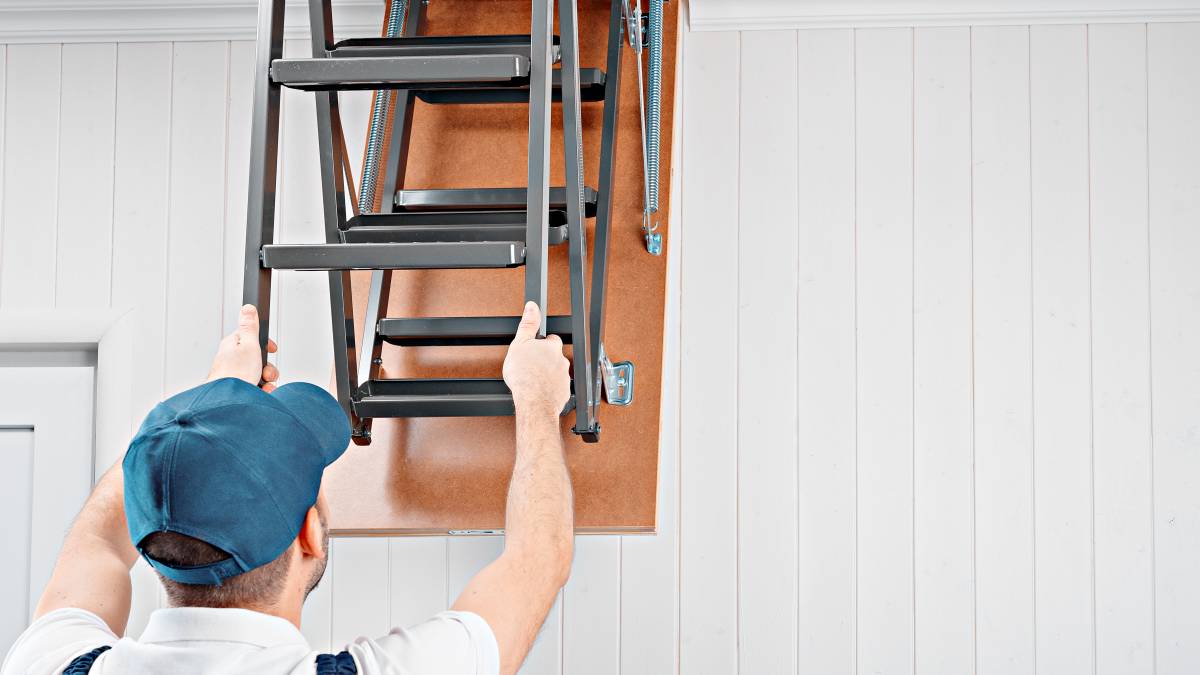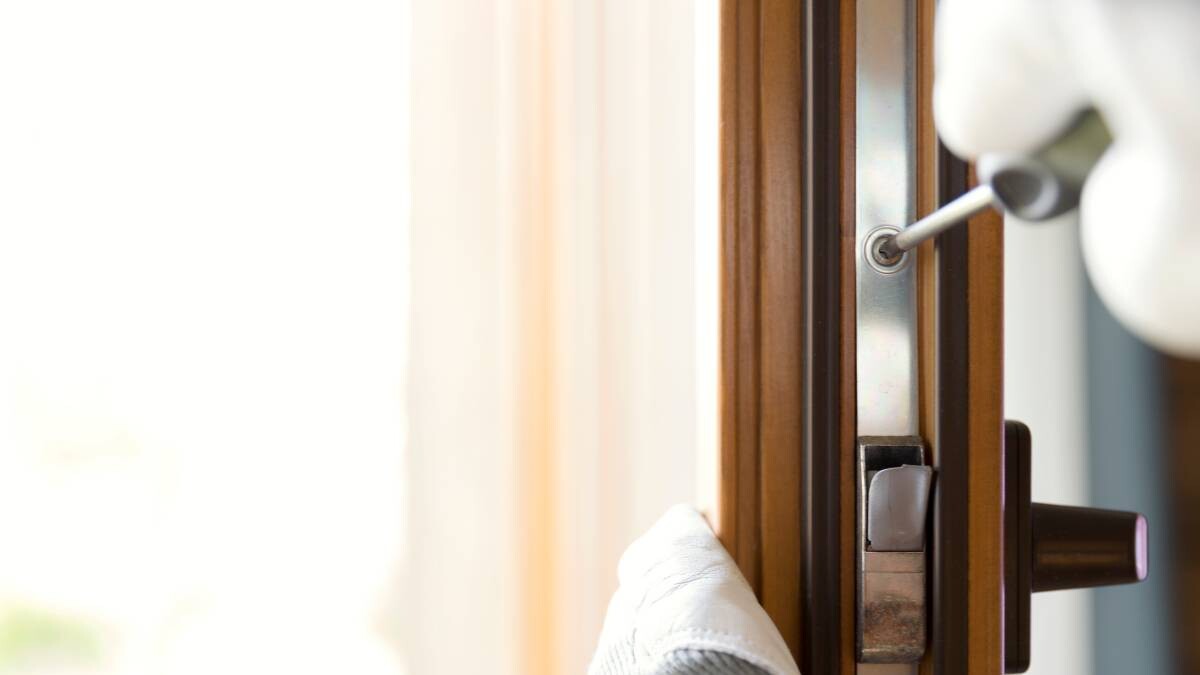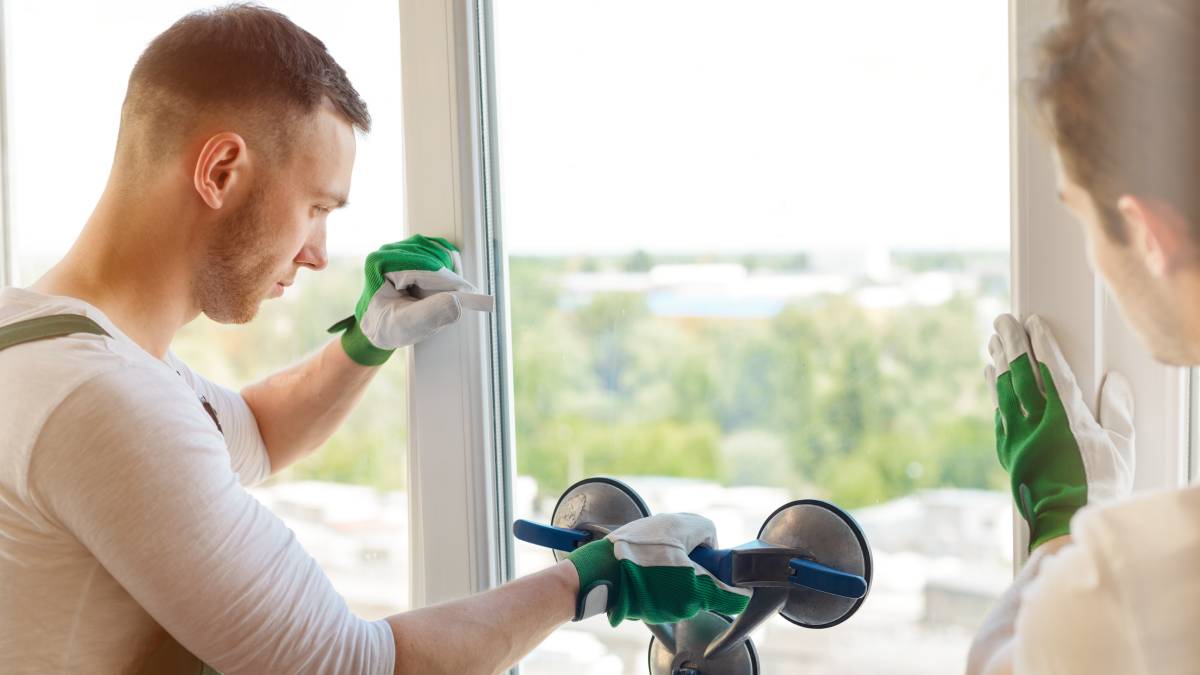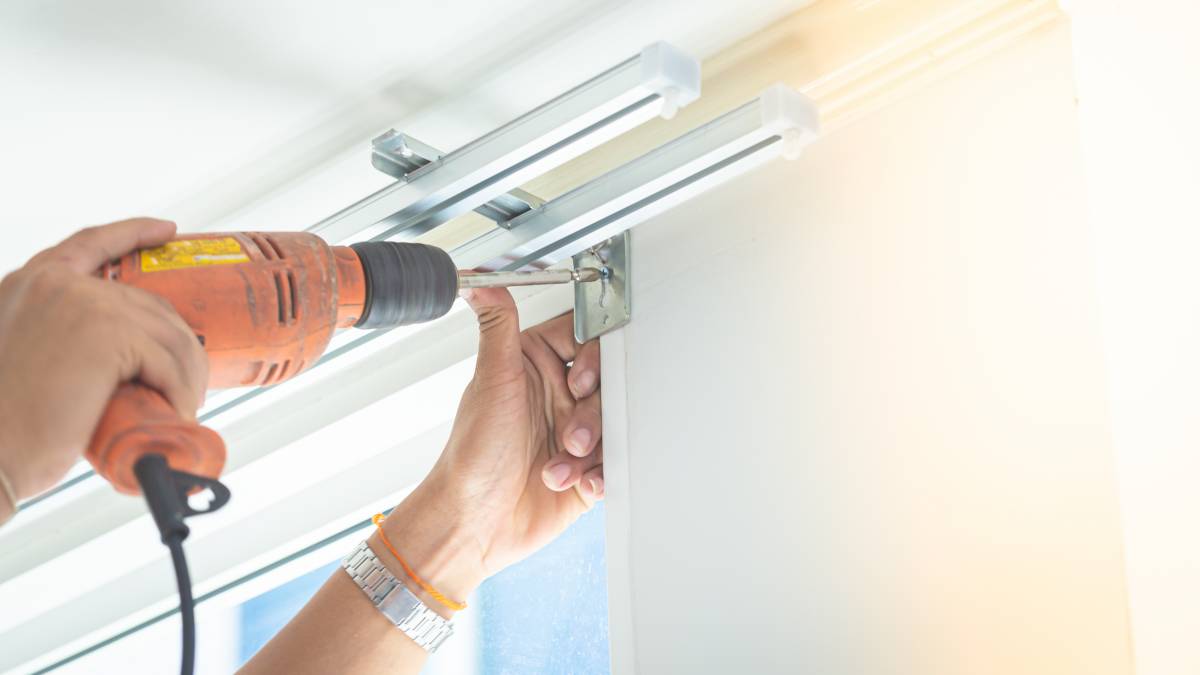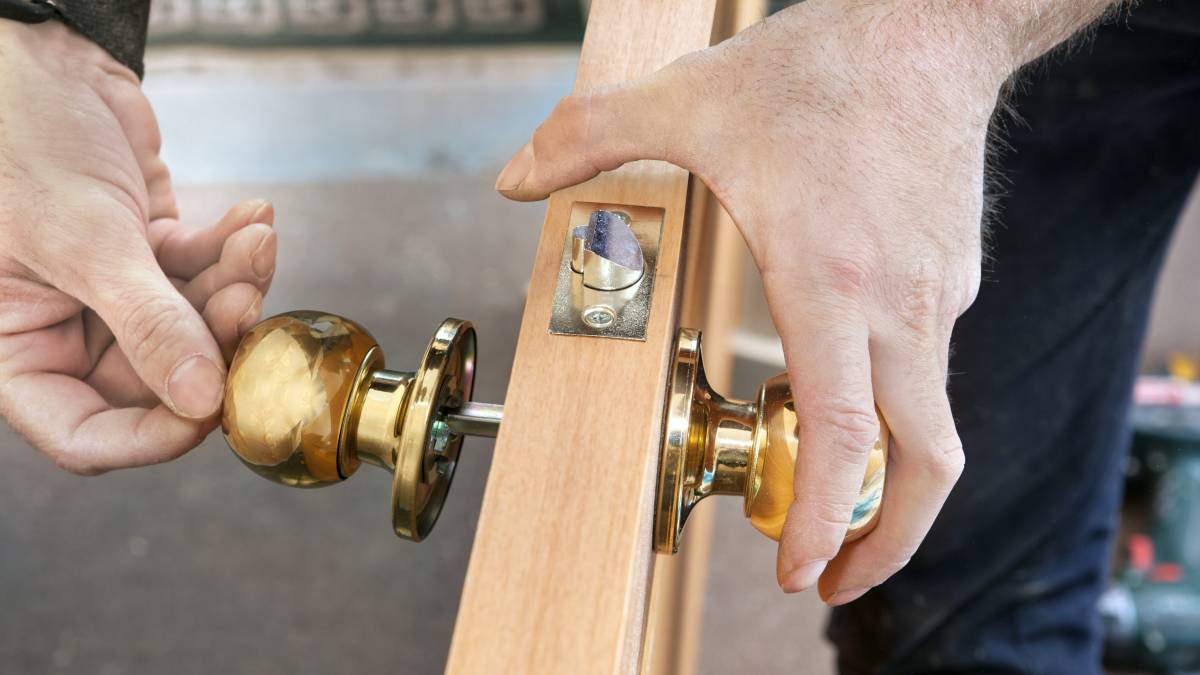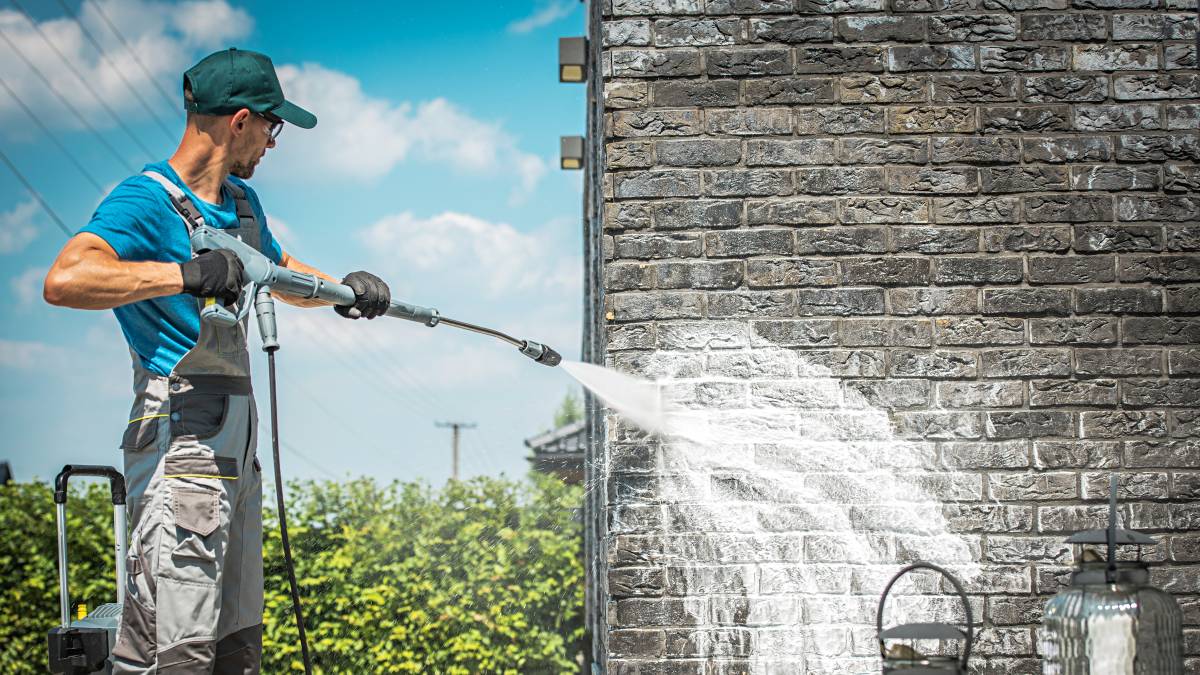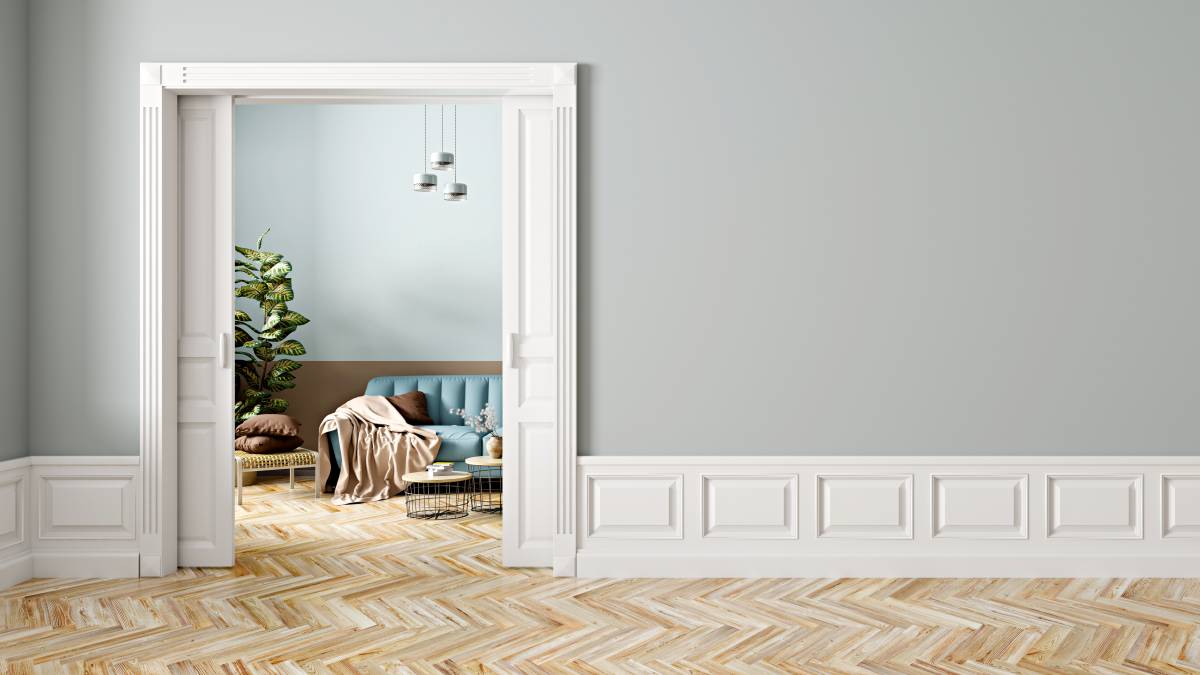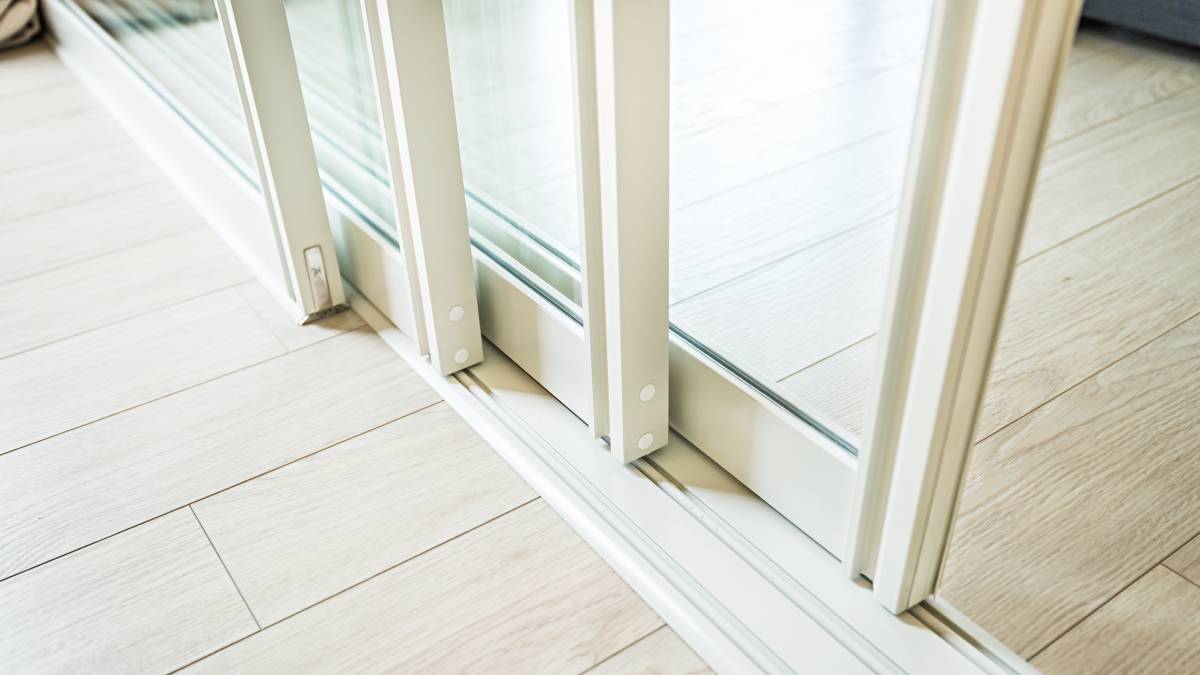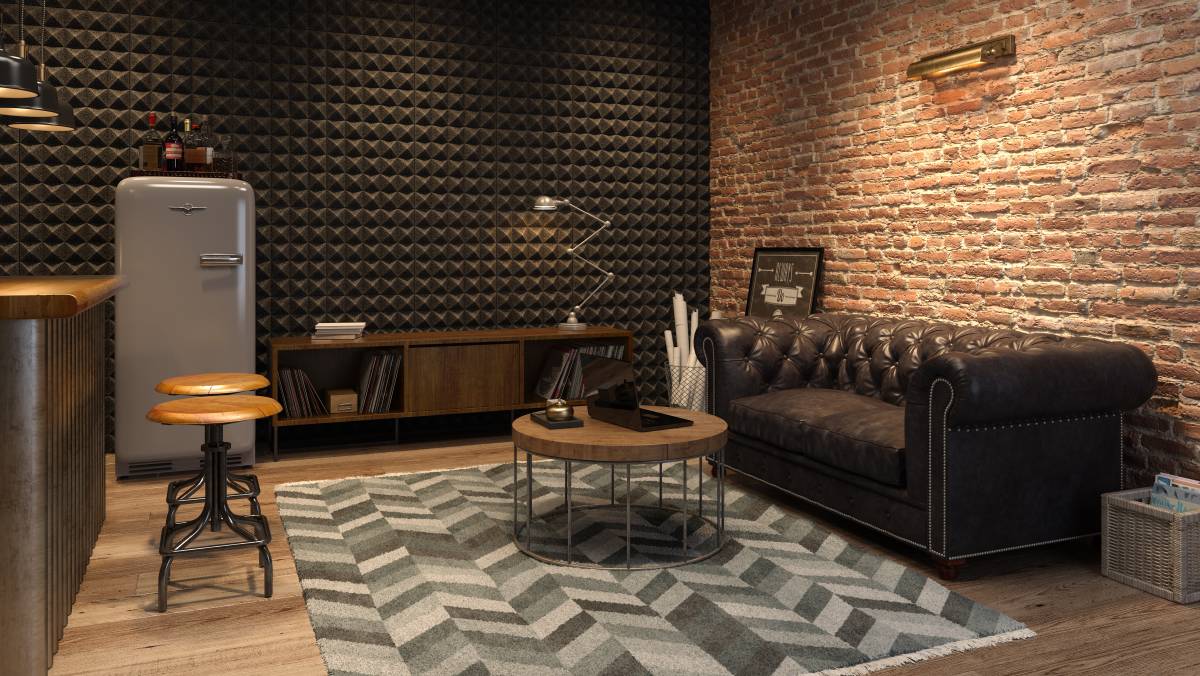
- Home/
- Guides/
- Soundproofing/
- How to Soundproof a Room
How to Soundproof a Room
Turn the volume up to eleven in your new soundproof room!
Last Updated on
One of the common misconceptions when it comes to DIY soundproofing is sticking foam and egg cartons to block out noise. This, however, is pointless. Apart from not being aesthetically appealing for your home, these do little in soundproofing a room. Unfortunately, professional soundproofing can be expensive if you consider the costs of installation and materials. This is why we’ve made this guide to give you some advice on how to soundproof a room more effectively.
Whether you are a musician planning to set up your own studio at home or a homeowner who wants to block out the noise from neighbours and bustle from the traffic outside, you’ll find helpful tips on how to make a room soundproof here.
Find out how soundproofing works and learn some inexpensive DIY solutions, so you don’t have to worry about the extra noise all over your home.
What is soundproofing?
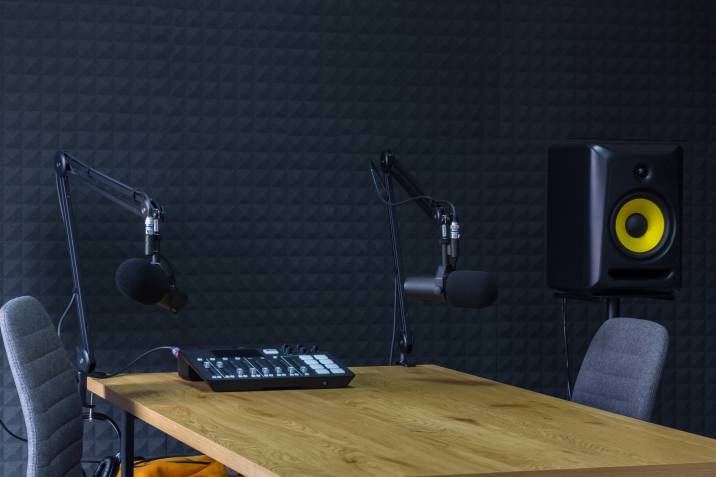
When understanding soundproofing, the key is not to confuse it with sound absorption. Sound absorption reduces the amount of sound that travels in an area, lessening the echo. Soundproofing, on the other hand, is about blocking sound from entering or leaving a room.
There are four main soundproofing elements to consider:
Mass: As the more mass a structure has, the less sound is able to enter the space.
Decoupling: This is the process of separating two sides of a wall, making it harder for sound to pass-through
Absorption: This is the process of reducing echo and the distance a sound can travel (not blocking sound completely)
Damping: This means reducing resonance with materials that convert the kinetic energy of sound waves to heat
Understanding how to soundproof your room effectively
Absorption and diffusion help with echoes, but as we've mentioned, soundproofing is how you block outside noise. Soft materials absorb sound waves more effectively than hard materials. Surfaces with lots of angles are a great way to diffuse sound waves. This is why lots of recording studios are covered in soft-angled foam.
To soundproof effectively, you have to stop the sound waves from entering the room. This requires dense materials, and if possible, should be considered during construction. It is much easier to reinforce a room at this point rather than after it’s finished.
| See also: How much does it cost to soundproof a room? |
Six inexpensive DIY soundproofing methods
An inexpensive way to soundproof a room is by adding mass, like heavy household items (far more effective than egg crates). Let's dive into the best and cheapest ways to soundproof a room on a budget.
Method #1: Adding furniture to the room

This is the easiest method as you'll probably need some furniture in the room anyway! The heavier the piece, the more mass in the space, which in turn improves soundproofing.
Just as when you empty a room, you hear sounds echo more, and things get louder; the reverse happens when you fill a room up. Lightweight, flat-pack furniture made of inexpensive materials is no good here; instead, opt for things like:
Sofas and armchairs
Wardrobes, armoires, and dressers
Bookcases full of books (a great sound-absorbing mass)
Tables
Furniture adds mass to a room and will dampen and absorb sound, stopping echoes and reverberations. So basically, leave your minimalist designs for another room!
Method #2: Carpets and rugs
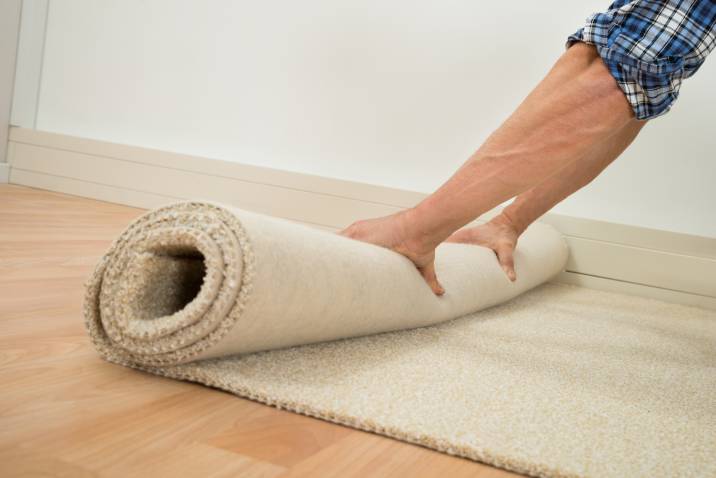
Soundproofing the floor should be a consideration as it is just as important as the walls (especially in apartments or if your floors are made of concrete). Noise that travels through the floor is known as impact noise; people walking around or building work are examples.
Combat this with heavy carpets or rugs, which improve the heat insulation of a room as a bonus! This easy-to-install option will reduce impact noise as carpets and rugs have excellent sound absorption qualities.
If you want to take this one step further, adding underlay can improve an already effective solution. While the underlay is designed to improve heat insulation, it also adds mass and improves soundproofing.
Method #3: Door Seals
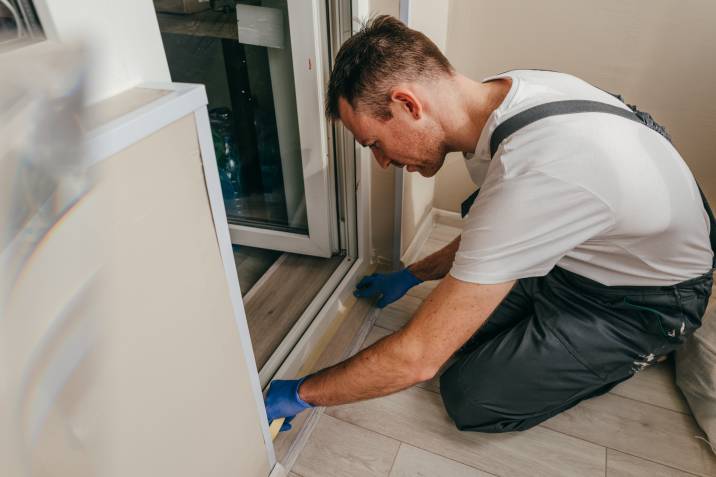
Loads of sound leaks under doors, especially when they don’t fit properly into their frames. DIY soundproofing a door just requires some acoustic sealant tape which is a roll of tape with a rubber seal that can be stuck onto a door.
Perfect for blocking small gaps, you can use the tape on the door's bottom, sides, and top. You can also install a mounted seal that attaches directly to the door with a drop-down seal made out of metal and rubber. Another option for door soundproofing is switching to a heavier door to reduce noise pollution.
Method #4: Acoustic sealant
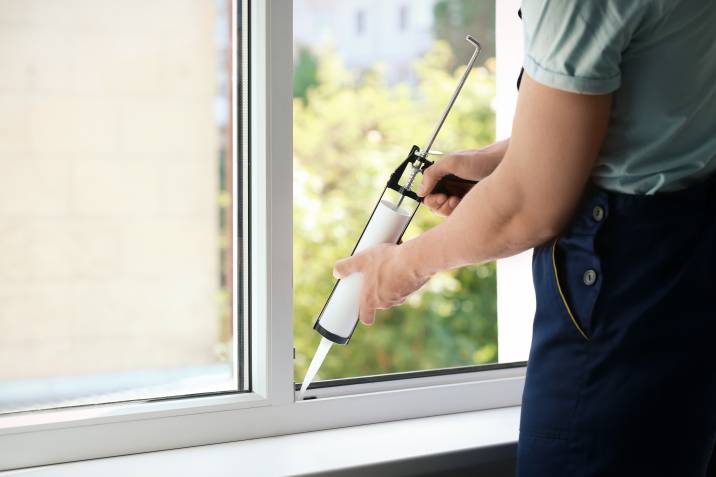
Windows are another source of noise pollution, specifically because of the seals (much like doors). Acoustic sealant is a great way to make your own DIY soundproof window inserts as it is specifically designed to soundproof a room, offering a more effective barrier than standard caulk as it remains flexible, moves with the building, and keeps a tight seal.
Simply apply it anywhere there’s a gap to make things more soundproof. You can also apply the sealant around electric fixtures and lighting, which have small gaps that can be a source of noise pollution. If you need extra help in applying the acoustic sealant, you can book a handyman in your area to get the job done.
Method #5: Weather stripping
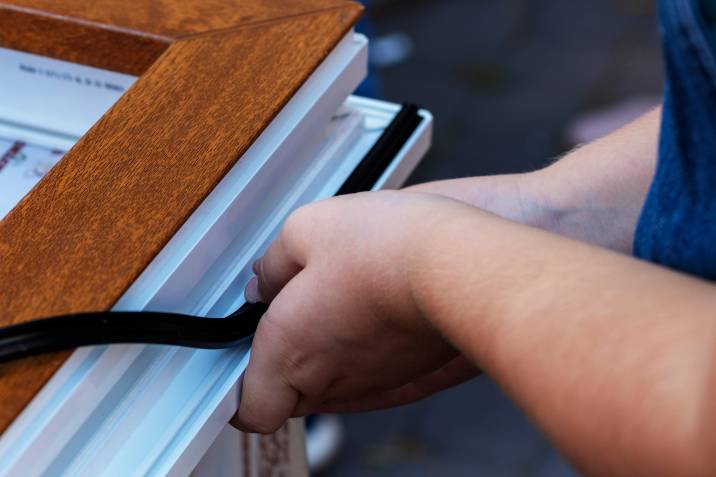
Weather stripping was originally designed to stop drafts and air leaks, but it also blocks noise pollution. Air is a carrier of sound, so reducing the amount of air also helps to provide a soundproof barrier.
Weather stripping is available in various forms; the choice depends on how permanent you want it to be and what it is made from. Most external doors already feature weather stripping, but adding it to interior doors will help soundproof a room.
The most common weather stripping material is EPDM rubber, a thermoplastic mix that is very effective at blocking sound as it is very dense. These strips sit between the door and the frame to stop air from escaping.
Method #6: Soundproof Curtains
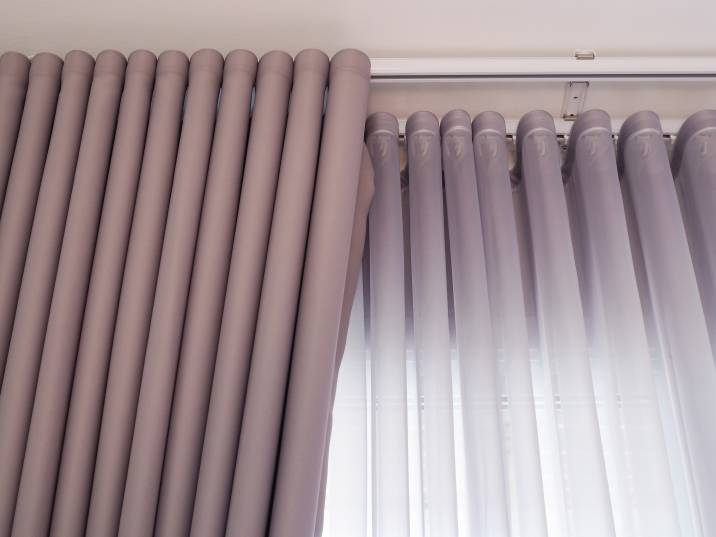
There are many soundproof curtains options that help to shield windows (a weak spot for soundproofing). Unlike walls, windows don't have a lot of mass, meaning there isn't much that you can do about them apart from sealing the joins as mentioned above.
Enter soundproof curtains, which much like the furniture; the heavier, the better. Aim for options that have several layers of material, which will also be good at insulating the room.
Be as loud as you like with these cheap DIY soundproofing methods
The methods provided above all put emphasis on sealing gaps or blocking possible air leakages. They are inexpensive and effective ways of soundproofing a room on a budget. Just remember the rule that good soundproofing means adding mass to the space, and you should be fine!
Now that you know how to soundproof rooms, you can start on your dream studio or home theatre. However, if you want to take things to another level, you can find a range of very skilled Taskers who can offer professional soundproofing services. If you really want to turn those amps up, or you live in a particularly noisy part of town, this may be the best option for you.
Once you are all set with a soundproofed room, it's time to make some noise! Start tuning your instruments, plug them into an amp, and turn up the volume to rock those songs.
Soundproofing FAQs
Some of the best soundproofing materials include:
Mass-loaded vinyl sound barriers
Acoustic mineral wool insulations
Acoustic sealant
Soundproof foam panels
Soundproof blankets
Green glue soundproofing compounds
Resilient sound channels
Soundproof drywall
Three cheap and efficient ways to soundproof a room involve using furniture and decor:
Use curtains which serve as a great barrier thanks to their sound dampening abilities
Add area rugs to reduce noise generated by the floor
Add thick upholstered furniture
An inexpensive DIY way of soundproofing a wall can include any of the following:
Fit bookshelves to the walls and fill them with books which are great sound absorbers
Fill empty spaces to prevent echoes
Hang drapes along the walls (the thicker, the better)
Hang heavy drapes over the windows
Fit an extra layer of drywall
Add acoustic foam around the room
You don’t need major construction work to soundproof a bedroom. You can start by adding curtains or rearranging furniture to dampen the sound. Installing thick carpets is also a great way to soundproof a bedroom without going over your budget. Try any of the methods above and see which one works best for your bedroom.
Whilst it can change the room acoustics, cardboard might not be thick enough to completely reduce the transfer of sound. The material is not built for durability, so if you plan to use it, you will need extra materials to reinforce the cardboard.
Different soundproofing products may be a good start to build an acoustic wall that blocks general noise from neighbours. You can install sound absorbing materials to reduce the overall noise that passes through the shared wall.
Find soundproofing contractors, fast
Find a soundproofing expert
Related articles
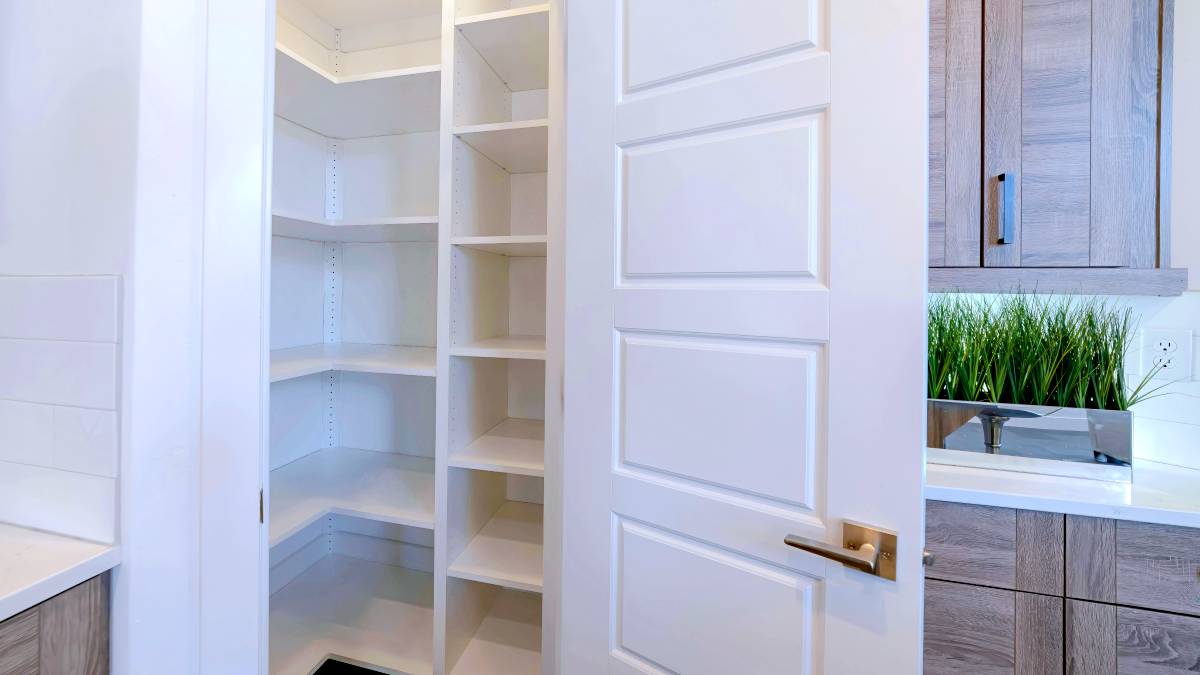
30 Lovely pantry door ideas
Read more

How to fox proof your chicken coop
Read more

How to install curtain rods
Read more
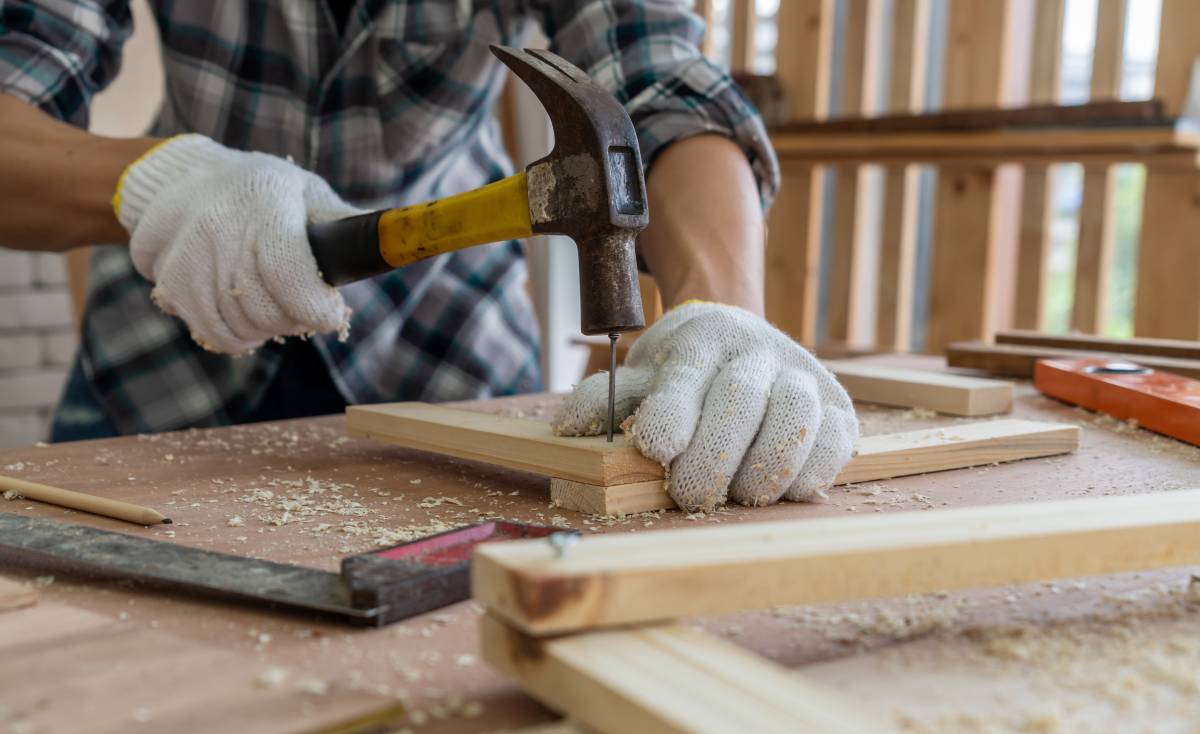
Best blue-collar jobs on Airtasker
Read more
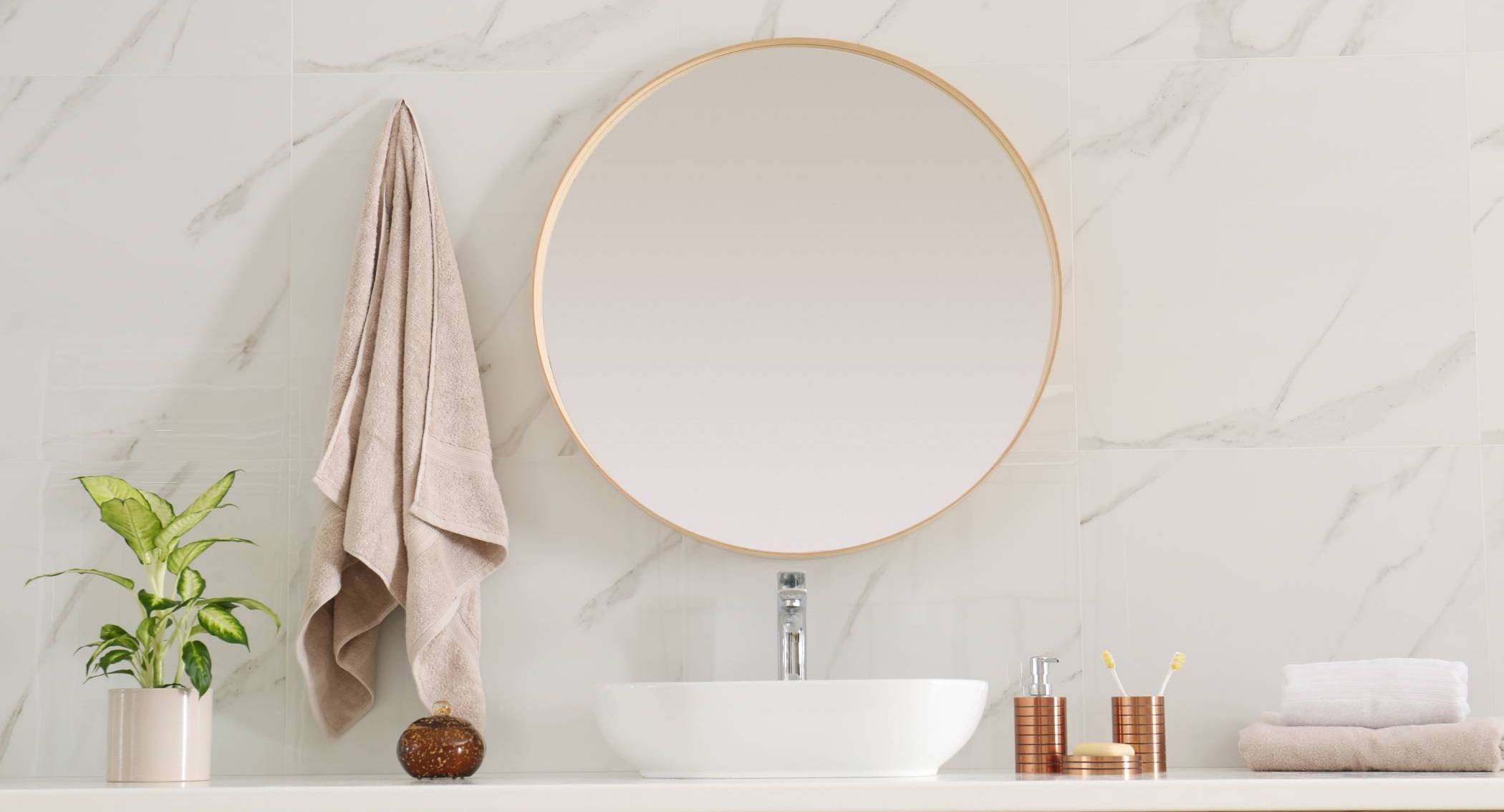
Learn how to cut a mirror in 7 steps
Read more
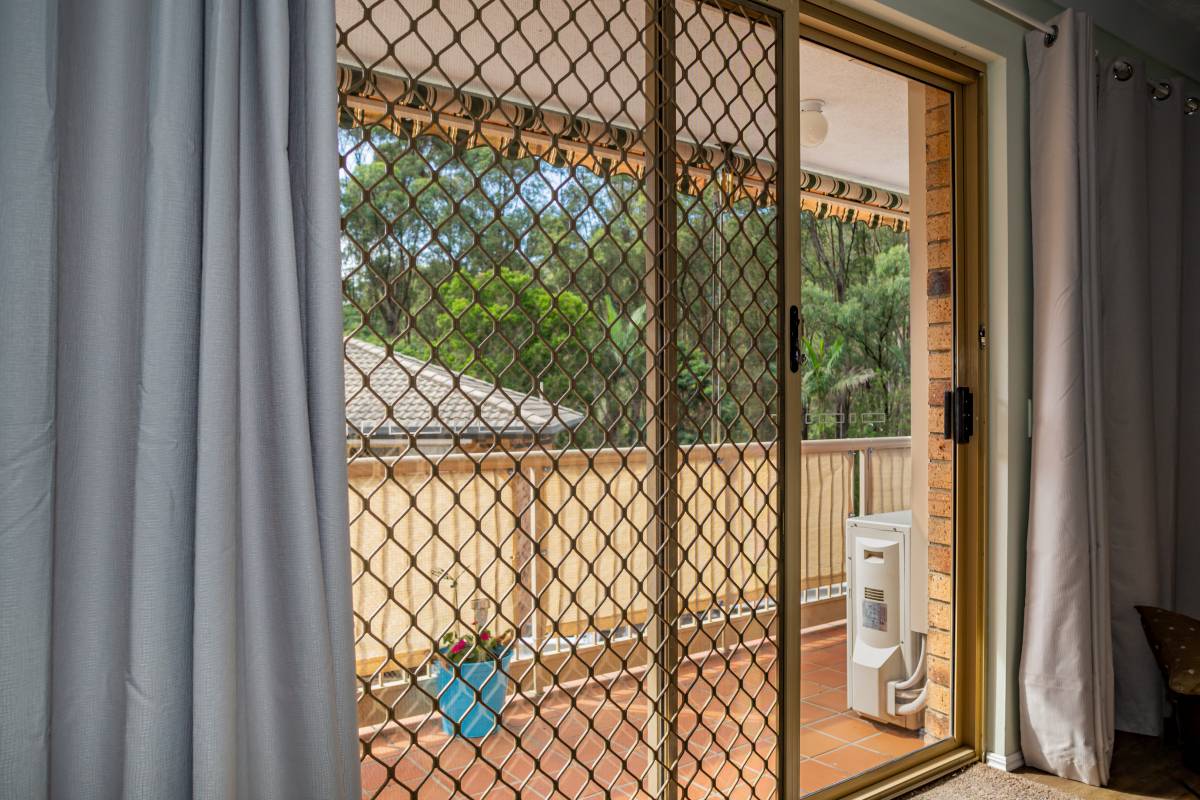
Install a screen door in 6 steps
Read more
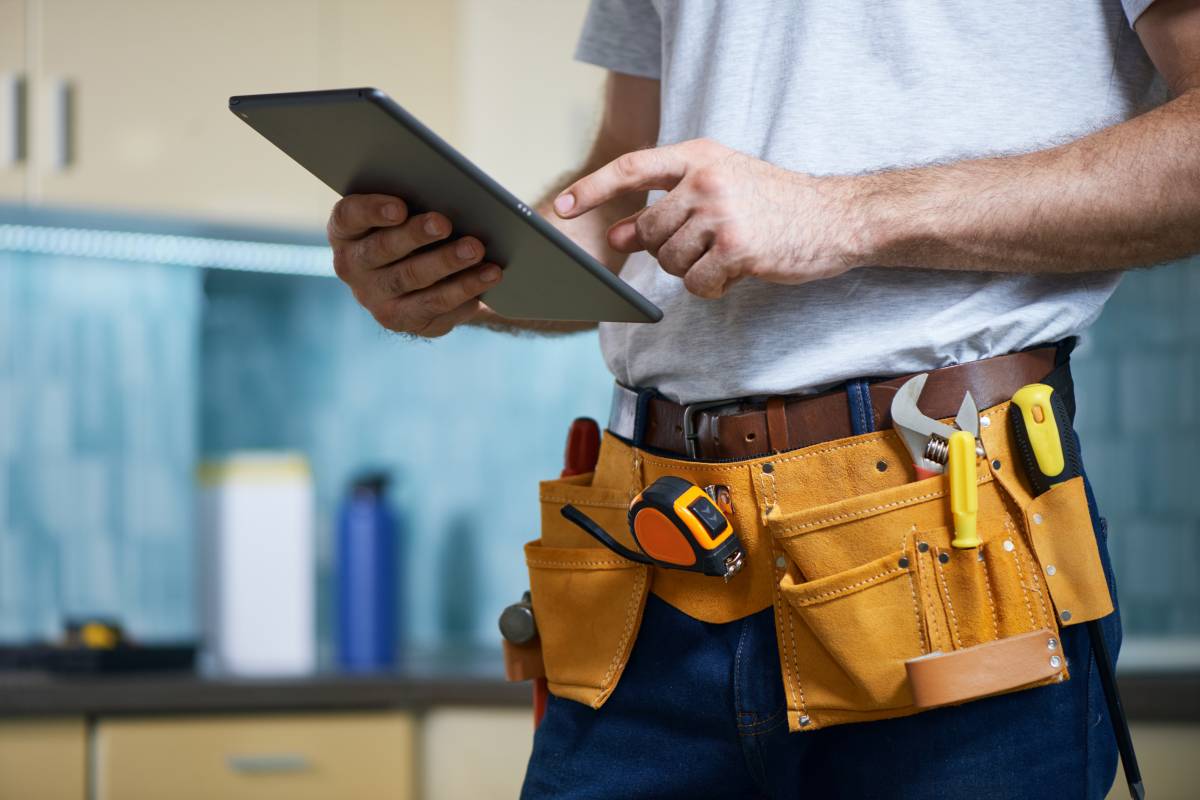
How much can you earn as a handyperson?
Read more
Related price guides
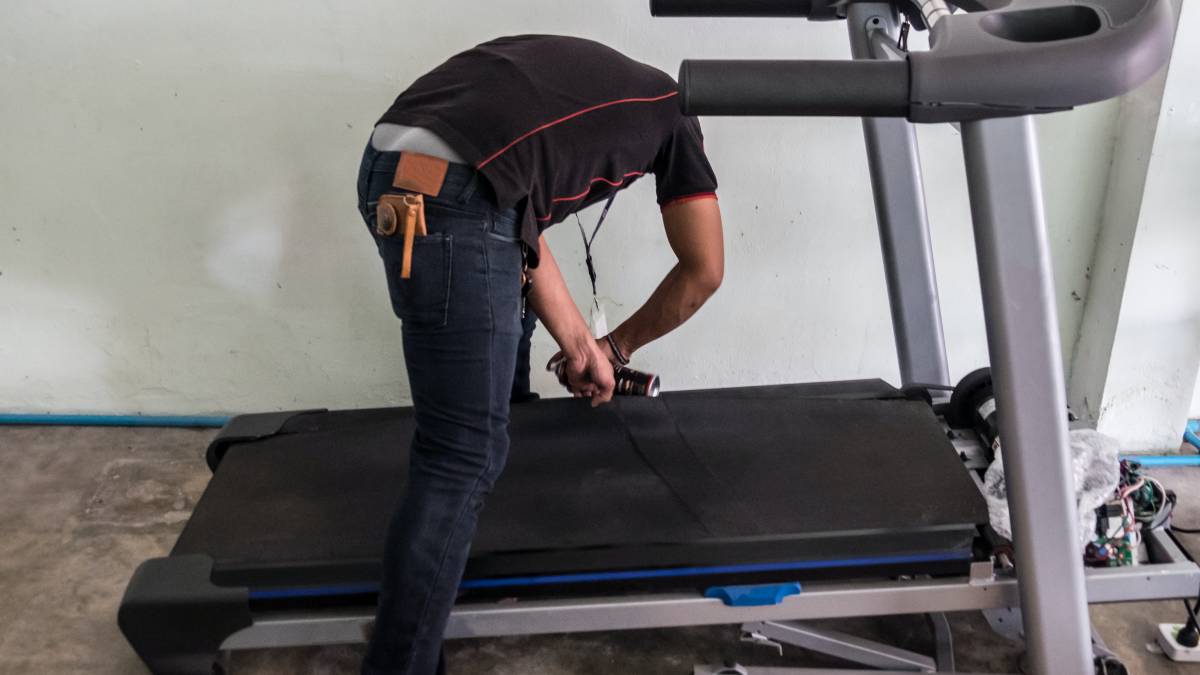
How much does treadmill repair cost?
Read more

How much does clock repair cost?
Read more

How much does hot tub repair cost?
Read more

How much does signage cost?
Read more

How much does awning repair cost?
Read more
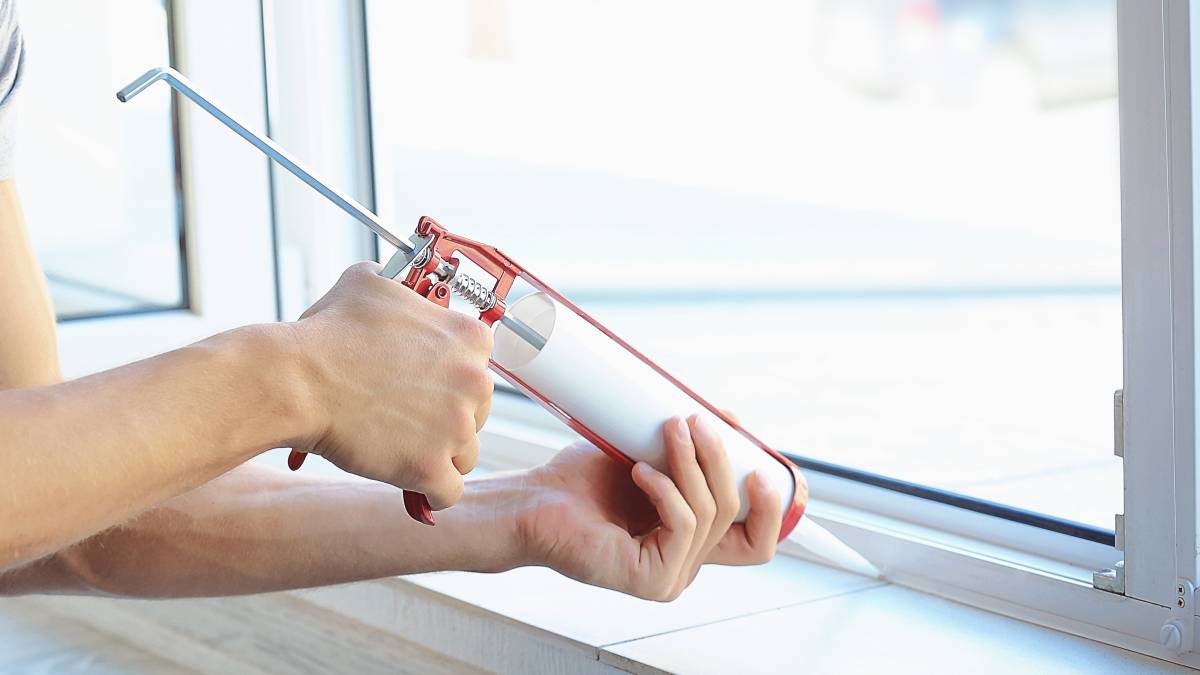
How much does window repair cost?
Read more
